The craziest, weirdest jobs you never knew existed in the royal households
From strange job titles that used to exist in the royal palaces to unique positions that still exist today, only the royals could need these helpers


Working 9 to 5, what a way to make a living.
Many of us have to, or choose to, work. And while we have good days and bad days, there's always something that keeps us coming back - and for a select bunch, that could be the privilege of working with royalty.
From rules you might never have known about to surprising facts about the royal residences, even the most ardent royal fan can still learn something new. And this collection of bizarre and beguiling jobs that have existed throughout the royal palaces and offices is full of some serious shocks.
From someone whose sole job was to assist a monarch when they were on the throne - and yes, that's the less-glamorous colloquial meaning - to people responsible for hundreds of clocks, you might just gain a new appreciation for your job.
The weirdest jobs you never knew existed in the royal households
The Grand Carver of England
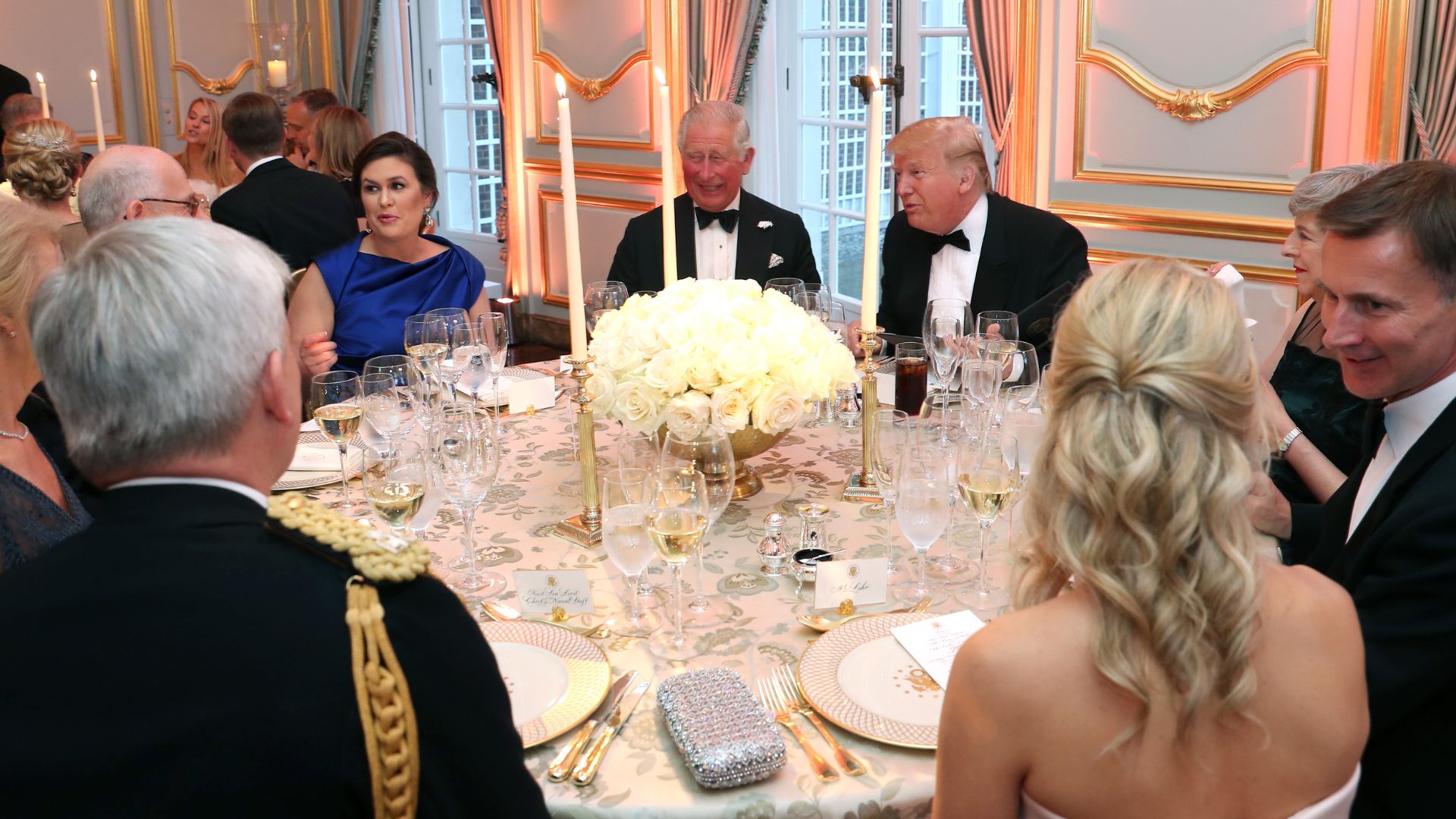
Considering all the glamorous State Banquets the royals host, this very niche job might actually make sense. The Grand Carver only has one job within the Royal household - to perfectly slice and serve meat to the royals and guests during special occasions and state visits.
The role has existed as far back as the 16th century, and it's actually a hereditary position, meaning it's passed down between families. The current Grand Carver of England is Alexander Stephen Rudolph Feilding, the 12th Earl of Denbigh and 11th Earl of Desmond.
The Marker of the Swans and Warden of the Swans
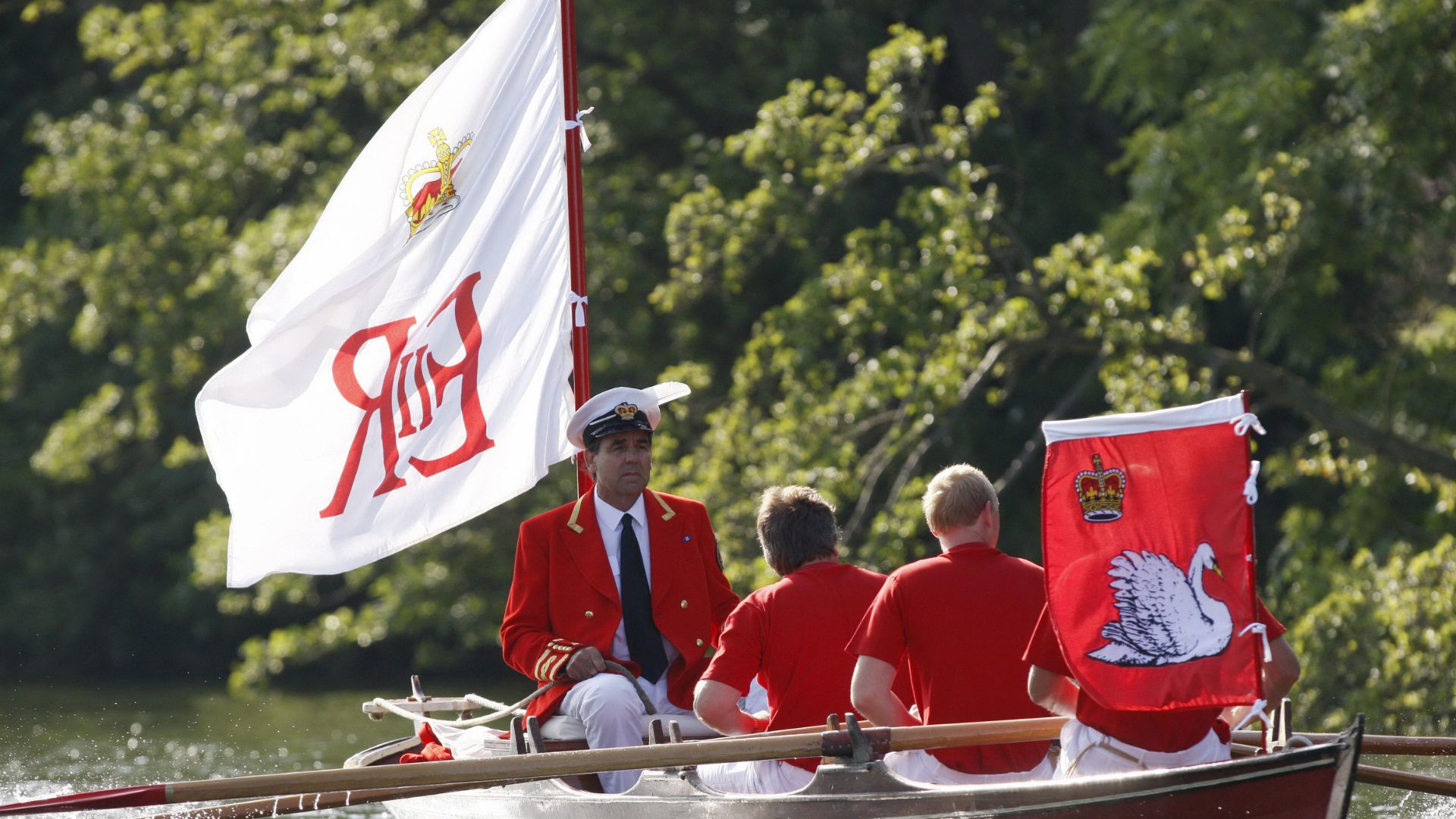
One of those strange facts about the Royal Family that people always love is the fact that the monarch really does own all the swans in the country. With so many majestic birds to maintain, the monarch has needed help.
Sign up to our free daily email for the latest royal and entertainment news, interesting opinion, expert advice on styling and beauty trends, and no-nonsense guides to the health and wellness questions you want answered.
In the past, this was in the form of Keeper of the Swans. However, in 1993, the role was split into two - the Marker of the Swans and the Warden of the Swans.
The Marker of the Swans organises the annual event of Swan Upping on the River Thames, advises fishing and boating organisations how to work with wildlife, and monitors the health of the local swan population. David Barber has held this title since 1993.
The Warden of the Swans shares similar duties and was newly created in 1993. Professor Christopher Perrins has held the post since then.
The royal shoe-wearer* (*not the actual job title)
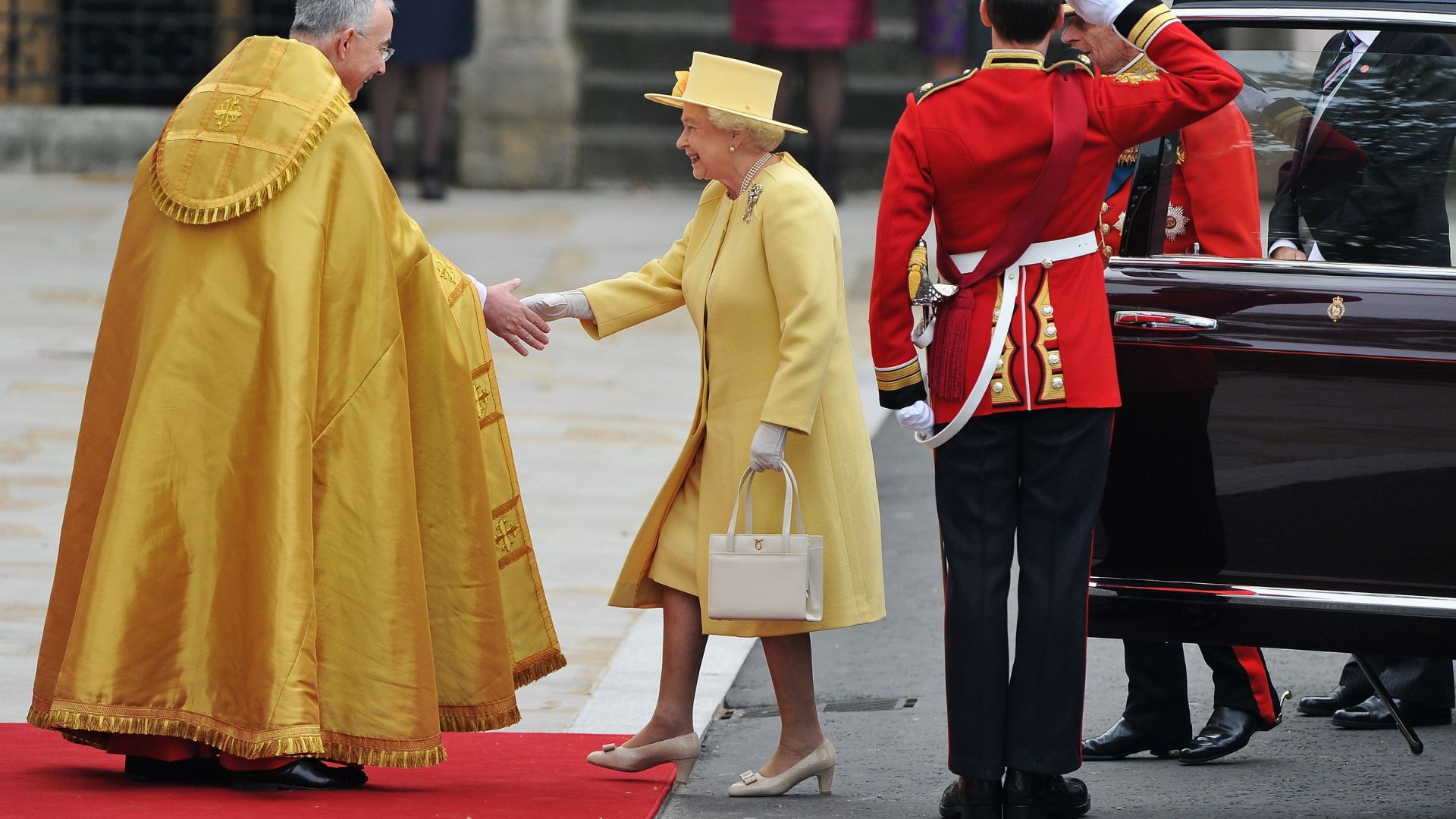
While not an actual, individual job title, there is someone who, among their other roles, used to help break in Queen Elizabeth II's shoes.
This person was Angela Kelly, Her Majesty's long-time dresser. In her book, The Other Side of the Coin: The Queen, The Dresser and The Wardrobe, she revealed, "As has been reported a lot in the press, a flunky wears in Her Majesty’s shoes to ensure that they are comfortable and that she is always good to go. And yes, I am that flunky."
Explaining why, she added, "The Queen has very little time to herself and no time to wear in her own shoes, and as we share the same shoe size ,it makes the most sense this way."
The Royal Horological Conservator
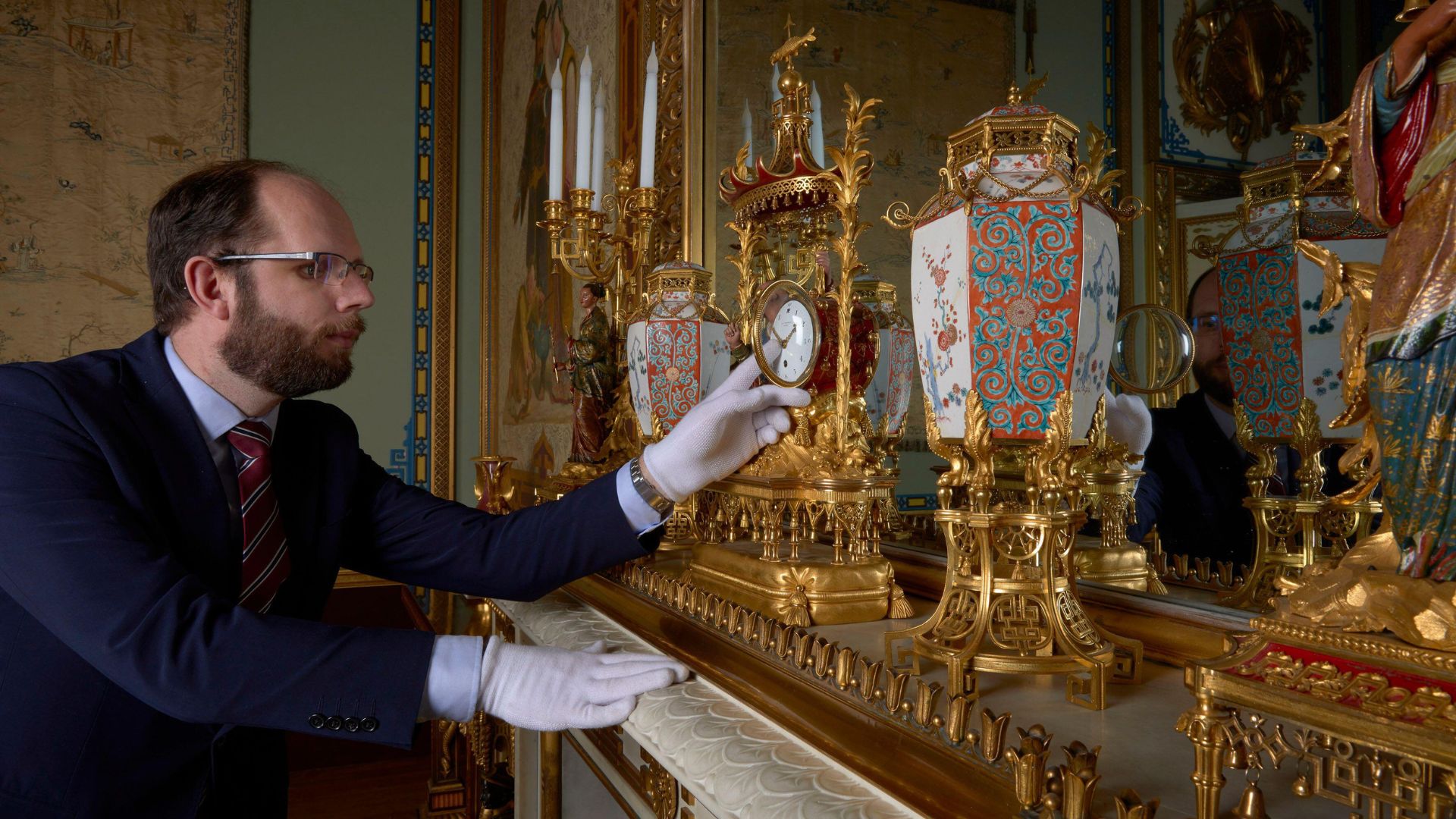
Twice every year, people find themselves frustratedly changing the clocks on their ovens and whatnot as we move in or out of Daylight Saving Time. If you get annoyed doing this, spare a thought for the Royal Horological Conservator.
A keeper of the clocks, this position involves maintaining over 1000 clocks across the royal residences. To keep these ticking, it's reported they must go around the estates to wind the clocks every week. Not an easy feat considering there are thought to be nearly 1000 clocks at Buckingham Palace alone, and 400 in Windsor Castle.
Keeper of the Royal Philatelic Collection (aka royal stamp collector)
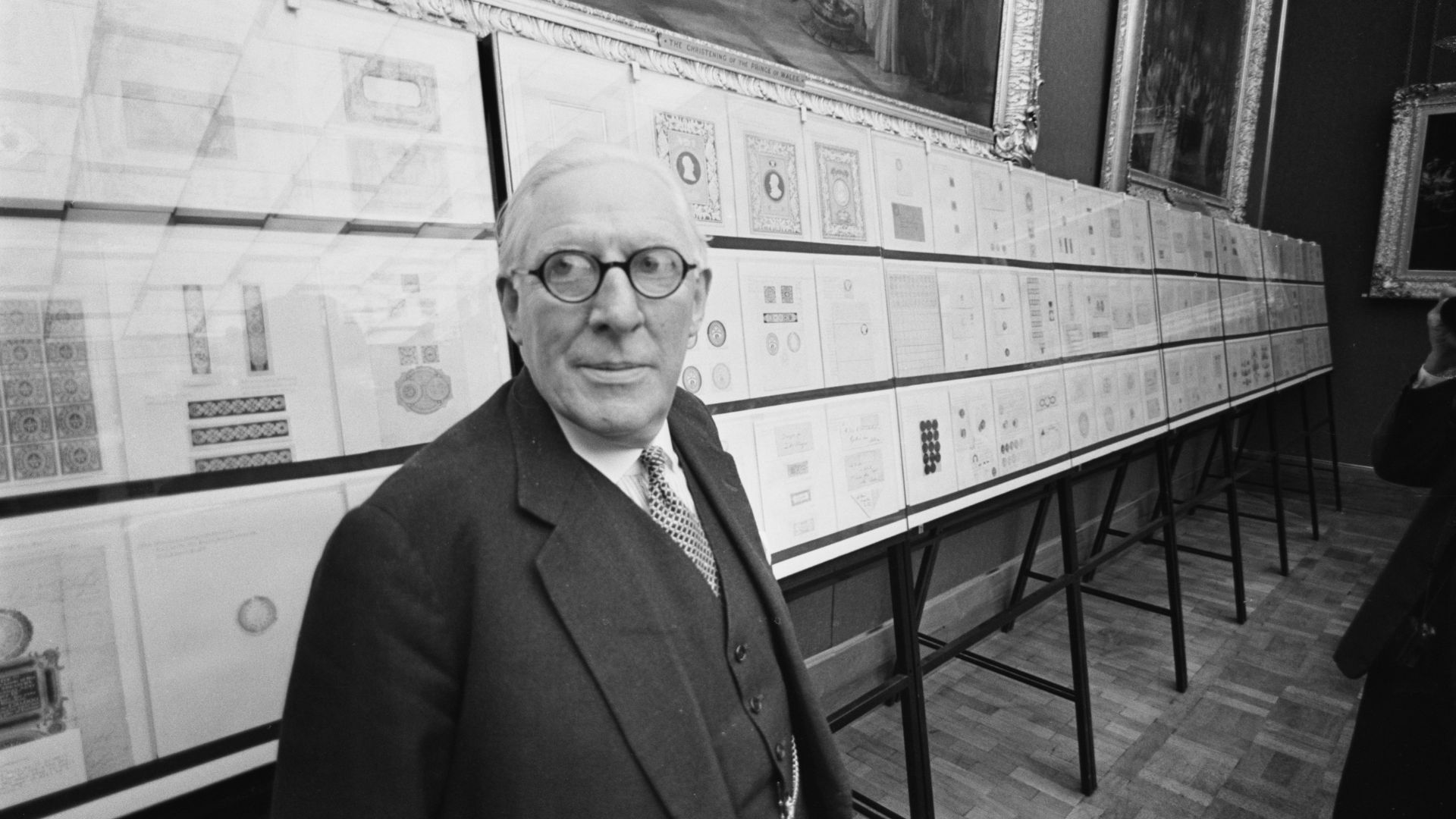
For most of us, we scramble around looking for a spare stamp when sending out a birthday card, and ours usually has a picture of the monarch on it. But for the royals, stamps are something different.
The Royal Philatelic Collection is the official name given to the postage stamp collection of the British royal family, and it's the most comprehensive collection of items related to the philately of the United Kingdom. The value of the collection has been reported to exceed a staggering £100 million, so it's no surprise that they had someone whose sole job was to maintain the collection fastidiously.
Dating back to the 1890s, someone held the title, but there hasn't been a keeper since 2019, when the collection was moved back to Buckingham Palace.
Piper to the Sovereign
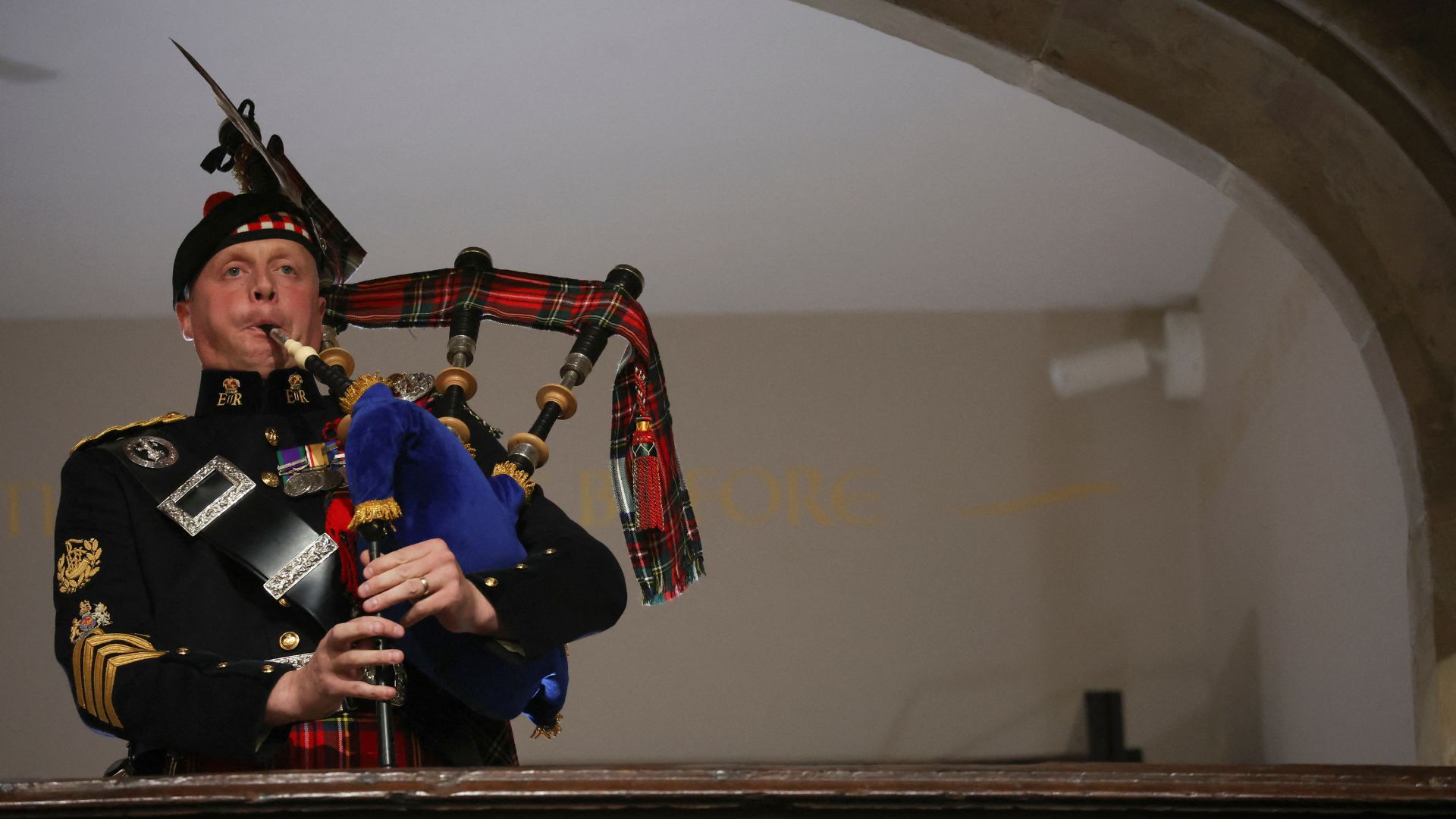
Arguably not everyone's first choice of instrument to listen to, the bagpipes have a long history with the royals, so much so that there has been a personal Piper to the Sovereign since 1843.
The position was established when Queen Victoria and Prince Albert visited the Marquess of Breadalbane at Taymouth Castle and discovered the Marquess had his own personal piper.
As well as performing at special ceremonies, the piper travels with the monarch and wakes them up each morning, playing continuously for 15 minutes from 9am. As of 2025, the Piper to the Sovereign is PM Paul Burns, Royal Regiment of Scotland.
The King’s Bargemaster
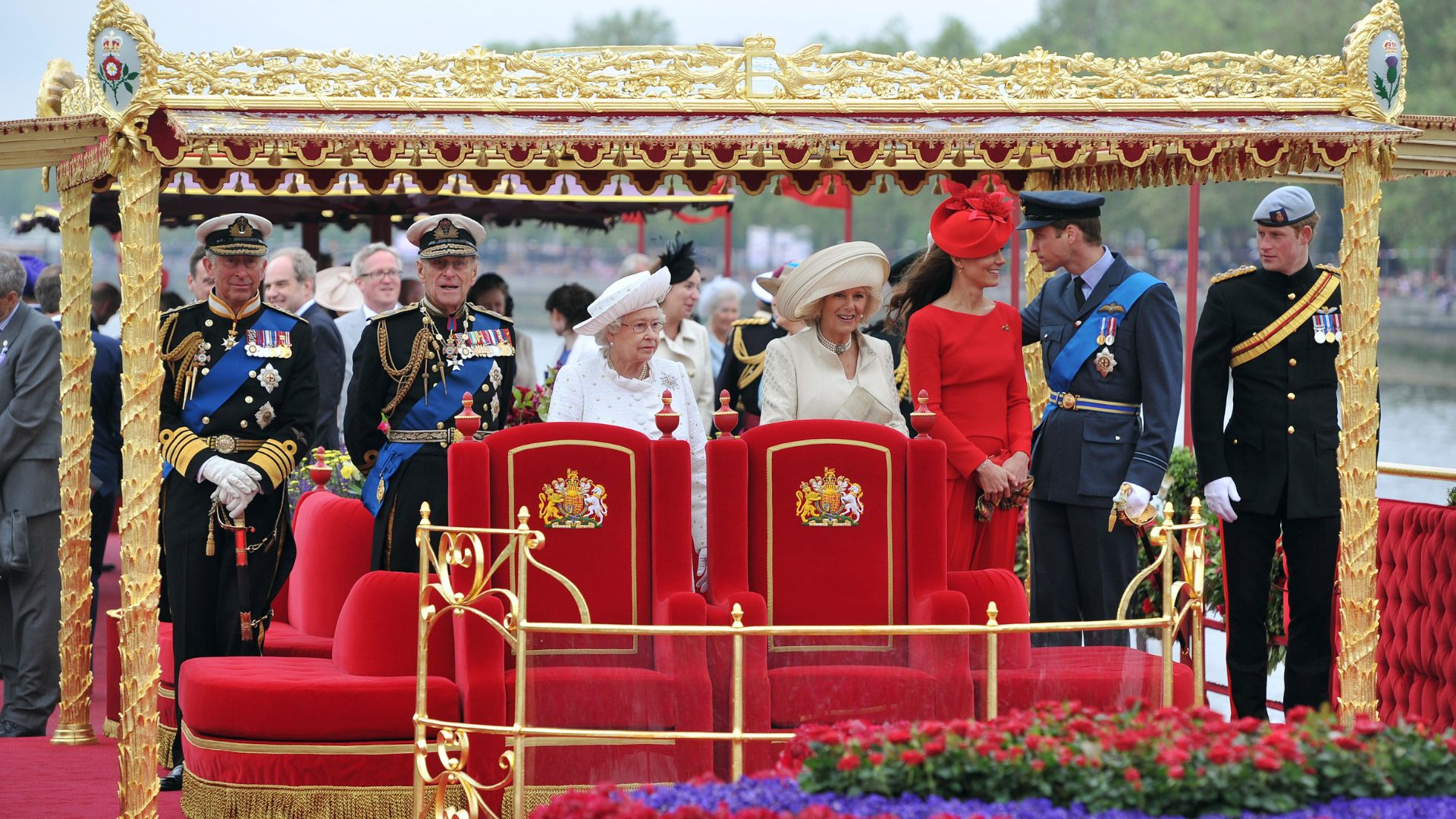
Though there is no official state barge as of 2025, there was a history of barges being important to the Royal Family, and, as such, there was a Royal Bargemaster.
Traditionally, the Royal Barge was used to ferry the Royal Family to and from the Royal Yacht.
The last major occurrence in which the Bargemaster would have been integral to affairs was during the Diamond Jubilee, when Queen Elizabeth II and her family travelled on the Spirit of Chartwell.
Master of the Horse
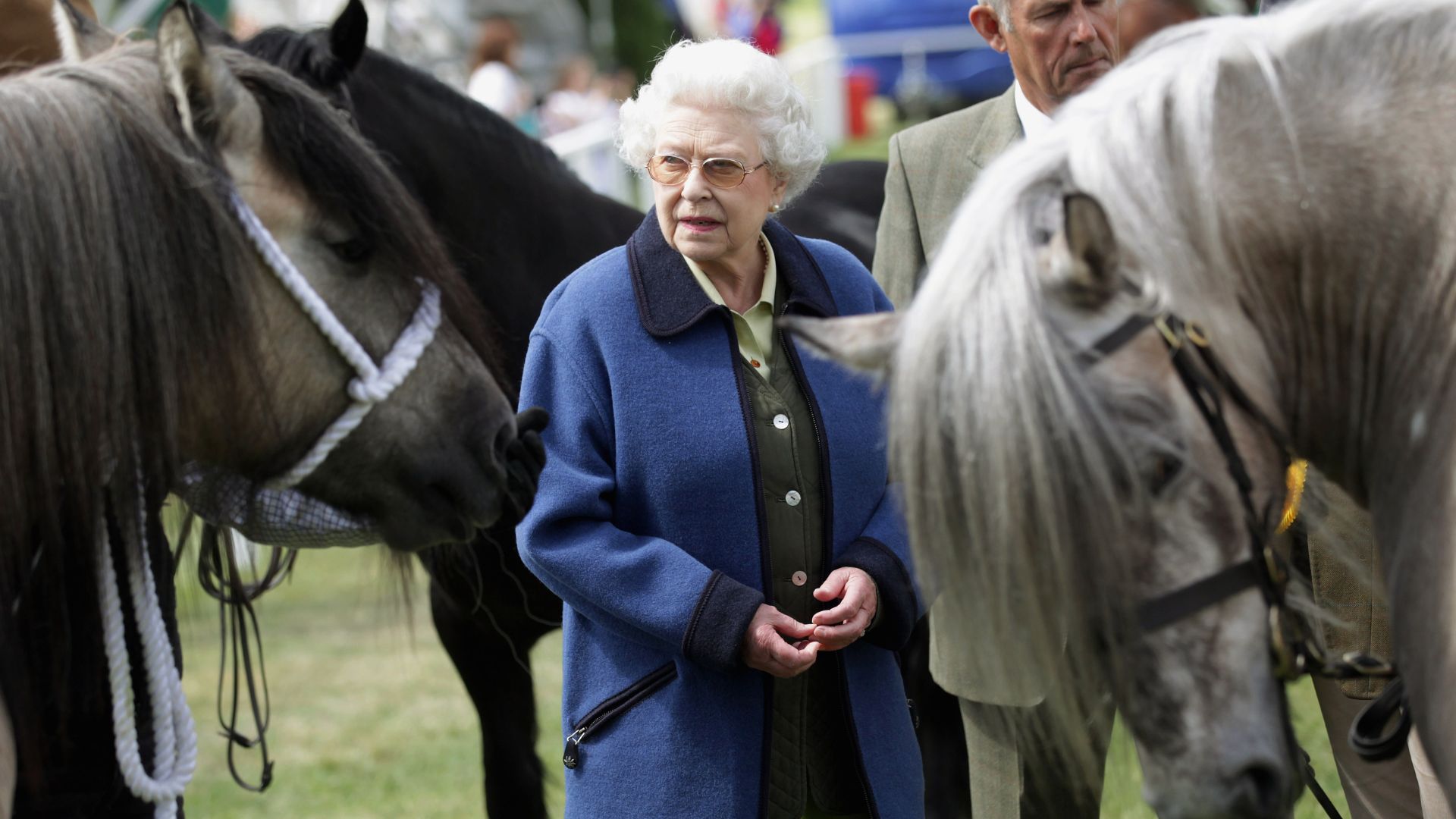
Today, the Royal Master of the Horse is largely a ceremonial position, held by a senior officer within the British royal household who is responsible for overseeing the royal stables, carriages and horses.
The third dignitary of the court, the current Master of the Horse is Lord Henry Ashton, the 4th Baron Ashton of Hyde.
Dating back to the 14th century, the position was formerly an important one, held by Cabinet members or peers.
The Astronomer Royal
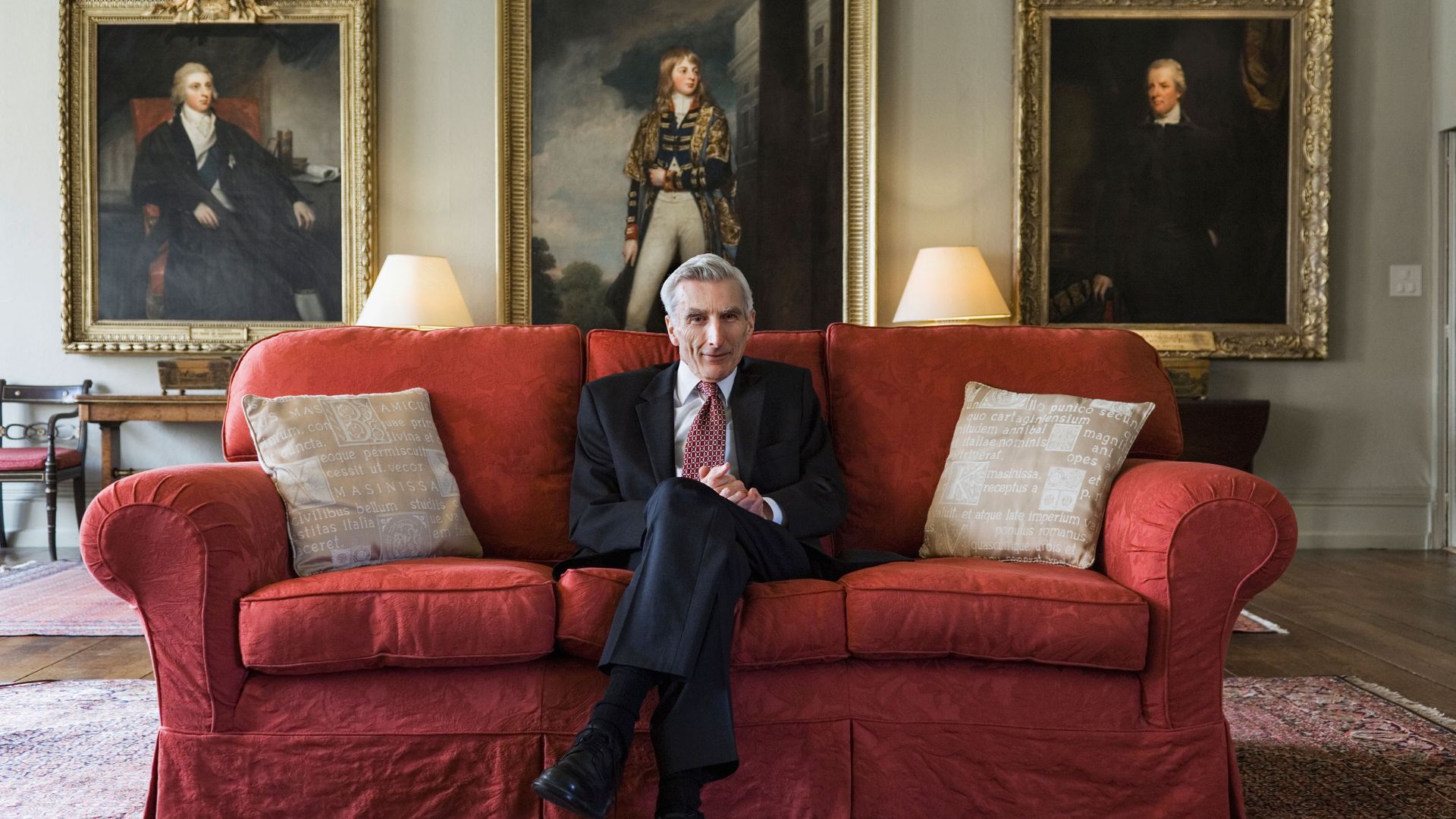
Heavens above... There's someone whose job is to quite literally consult on all things, well, above.
The Astronomer Royal title was first created in 1675 when John Flamsteed was appointed by King Charles II. Initially, the Astronomer Royal was also the Director of the Royal Observatory.
Largely ceremonial, the title is more an acknowledgement of major achievements of an eminent astronomer working today. The current Astronomer Royal is Martin Rees, and he receives a token stipend of £100 a year.
If you struggle with your eyesight, you also have a previous Astronomer Royal to thank for fixing it. Sir George Biddell Airy, the seventh person to hold the position, noticed he was having trouble reading with his left eye. After consulting with others who had the same condition, he crafted a lens to refract the light rays and correct the astigmatism.
Yeoman of the Silver Pantry
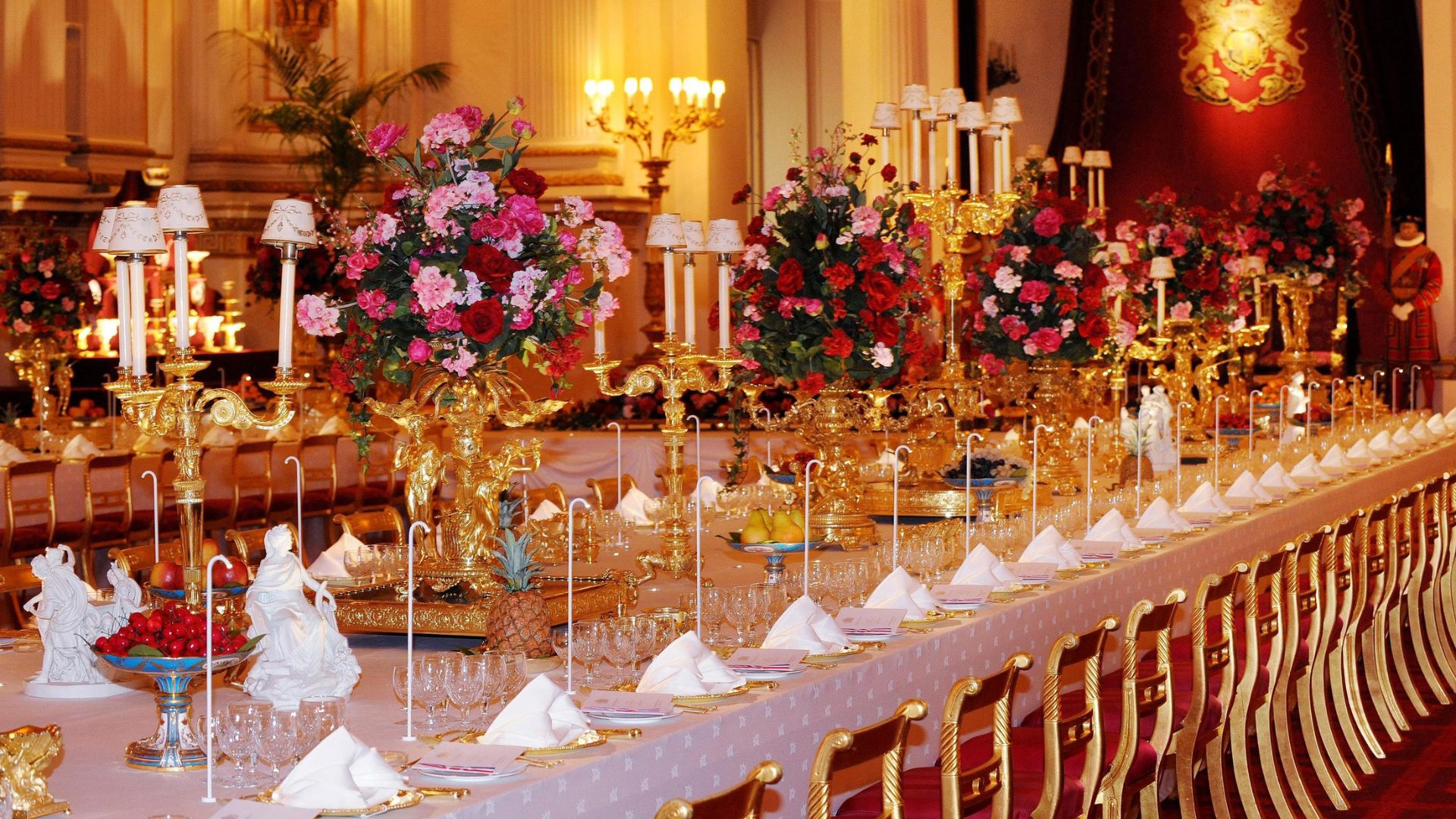
Unsurprisingly, among the many trinkets and treasures of the royals, there's plenty of silver. And at the centre of this is the Grand Service, a silver-gilt dining service commissioned by George IV. It's made up of over 4,000 pieces for dining and display in a vast range of styles.
With a magnificent collection of silver, the royals can't risk stains and rust. So the Yeoman of the Silver Pantry is tasked with overseeing the care of the silver.
When not in use, it's stored in a controlled atmosphere. When preparing for a banquet or special occasion, every piece is taken apart, washed, dried and polished. It's then dismantled into over 8000 components when time to pack away.
Per the Royal Collection Trust, it takes eight people three weeks to prepare the Grand Service.
Surveyor of the King’s Pictures
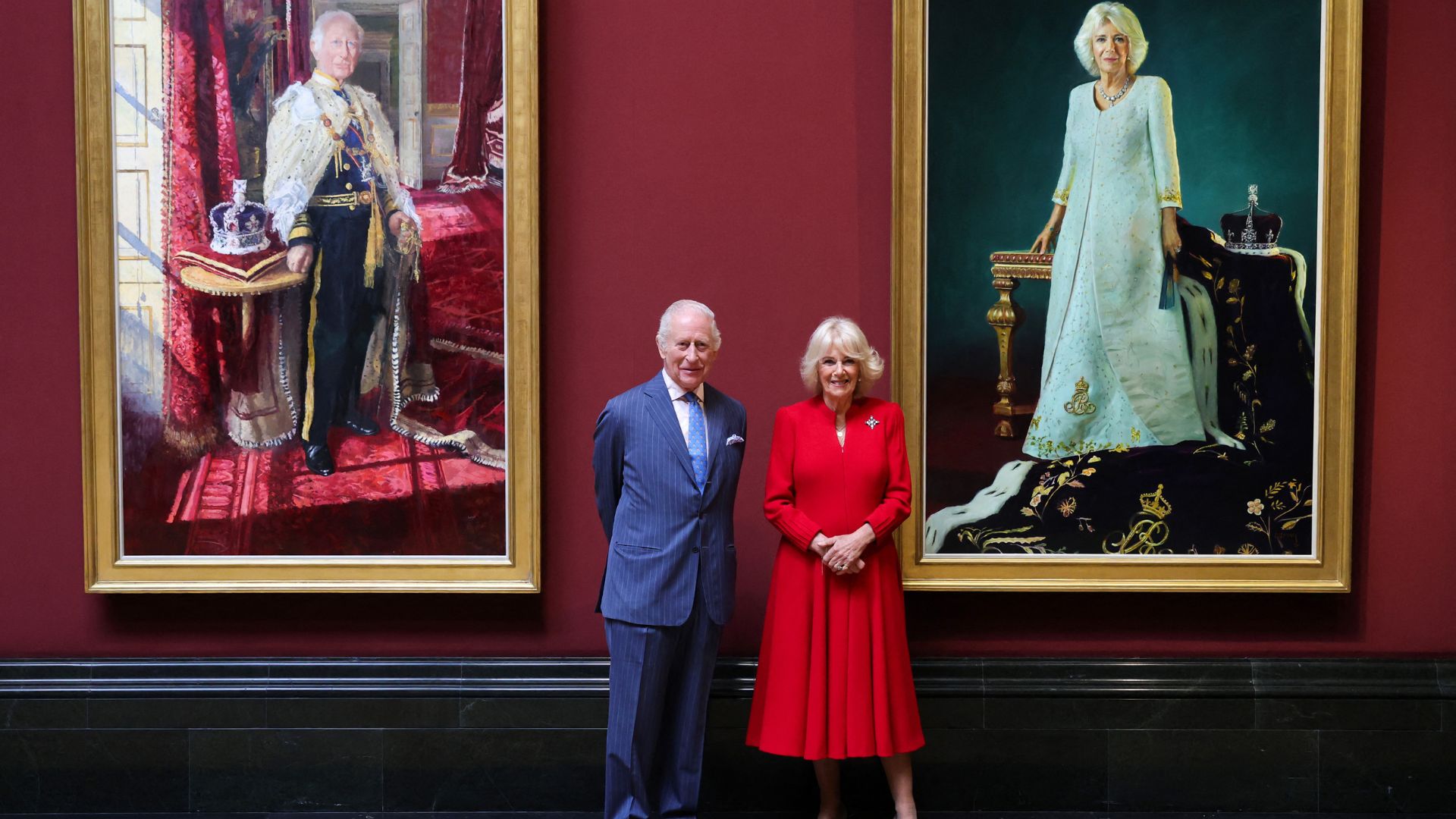
Any artwork owned by the monarch in an official capacity - that is, art in the Royal Collection and housed at publicly funded residences like Buckingham Palace - is monitored and maintained by the Surveyor of the King's Pictures.
Since December 2023, the surveyor is Anna Reynolds, the first woman to hold the position.
Notable surveyors in the past have included Professor Anthony Blunt, one of the notorious Cambridge Five, who shared secrets with the Soviet Union.
The King’s Flag Sergeant
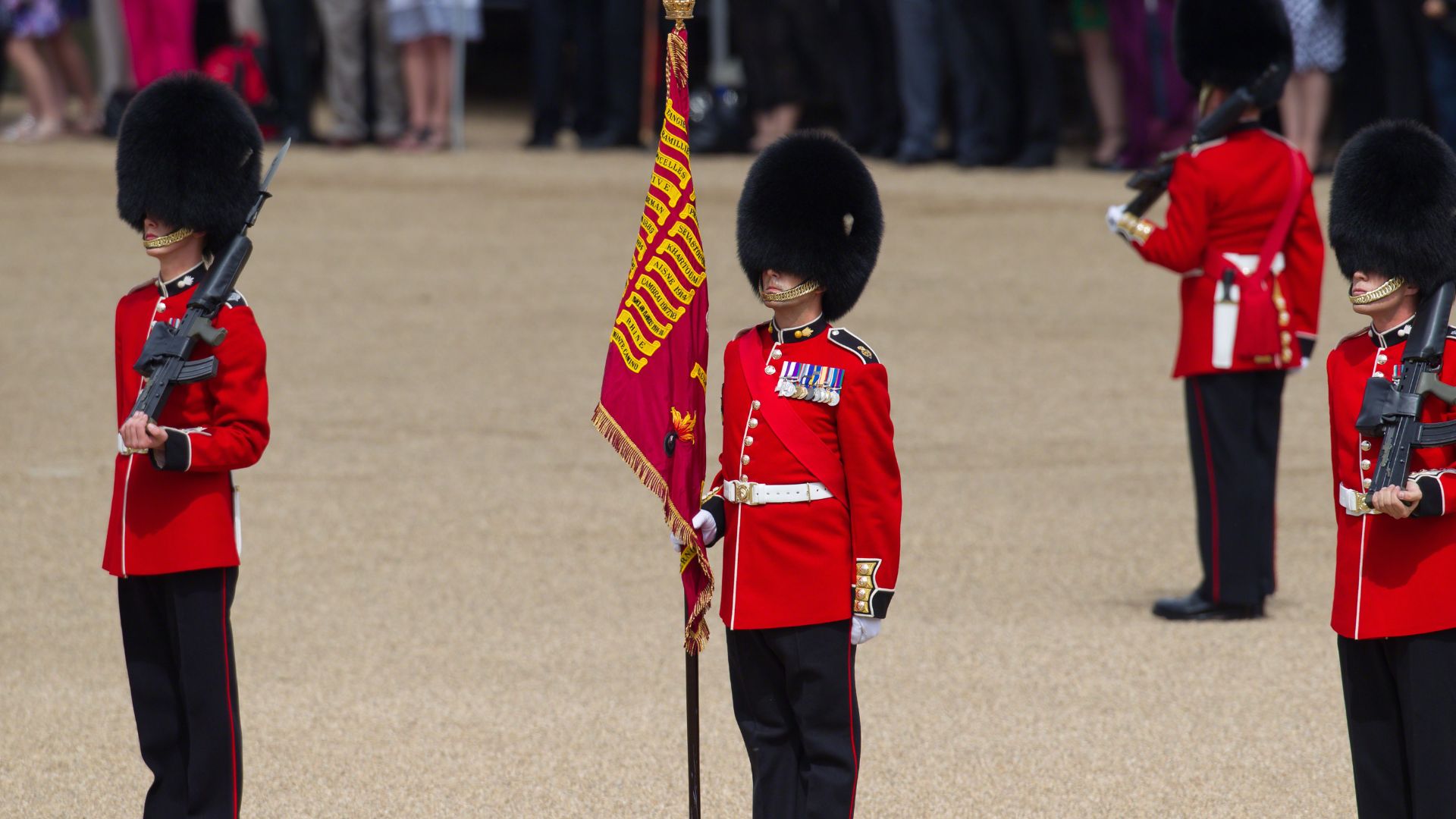
The Flag Sergeant is a serving soldier and member of the Master of the Household's Department.
They are responsible for raising and lowering the Royal Standard from Buckingham Palace when the Sovereign is in residence and, since 1997 when the rules changed following the death of Princess Diana, doing the same for the Union Flag when they are not in residence.
The Sergeant stores all the important flags in their office, and they also send the relevant flags to the relevant residences when the monarch is travelling abroad.
Pages of Honour
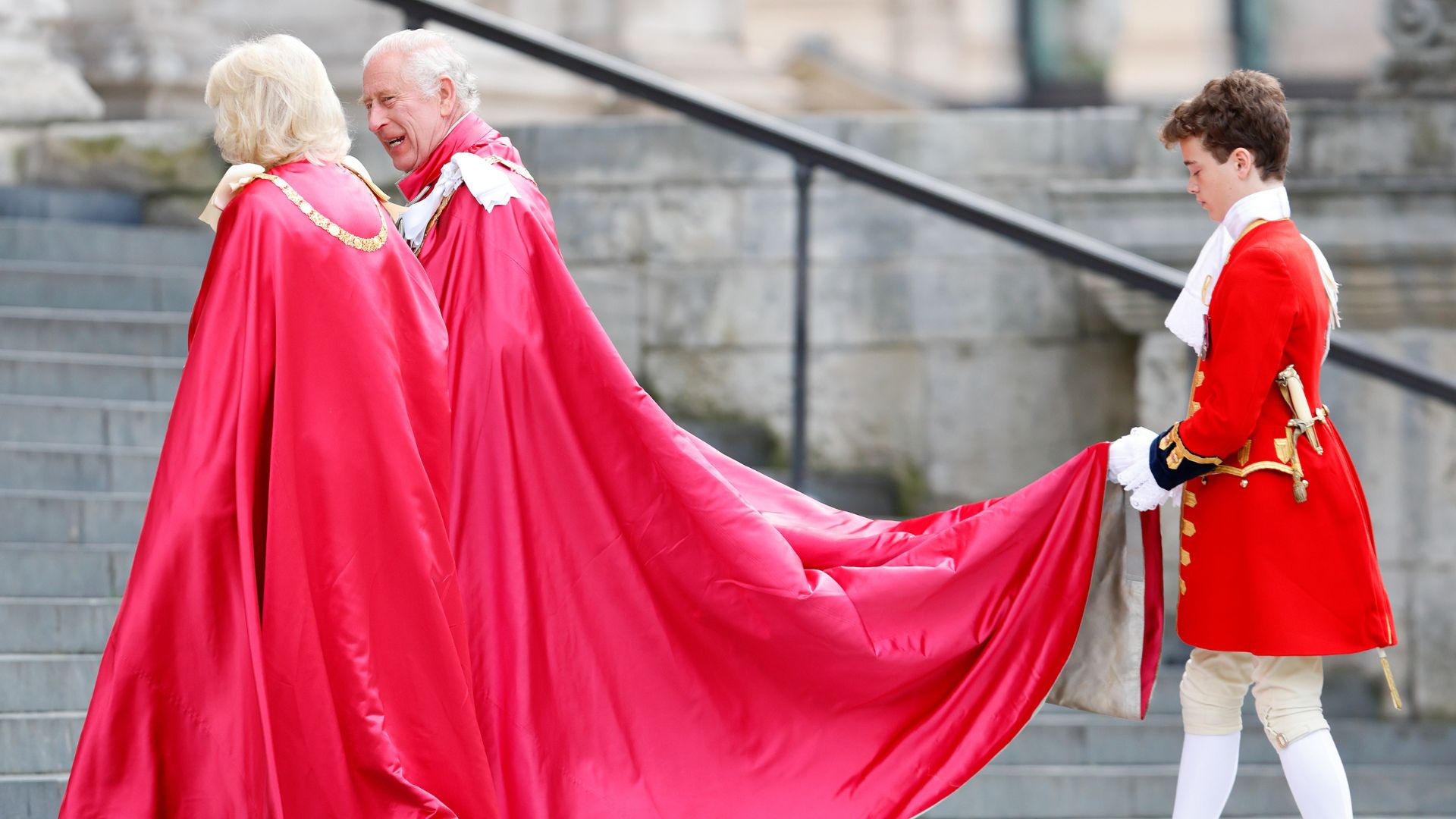
A Page of Honour is a voluntary and honorary role held by young sons of nobility and senior members of the Royal Household.
They typically assist with the Sovereign's robes during major events like the Order of the Garter and the State Opening of Parliament. The Pages, which included Prince George, held a key role in the 2023 Coronation of King Charles.
The King’s Watermen
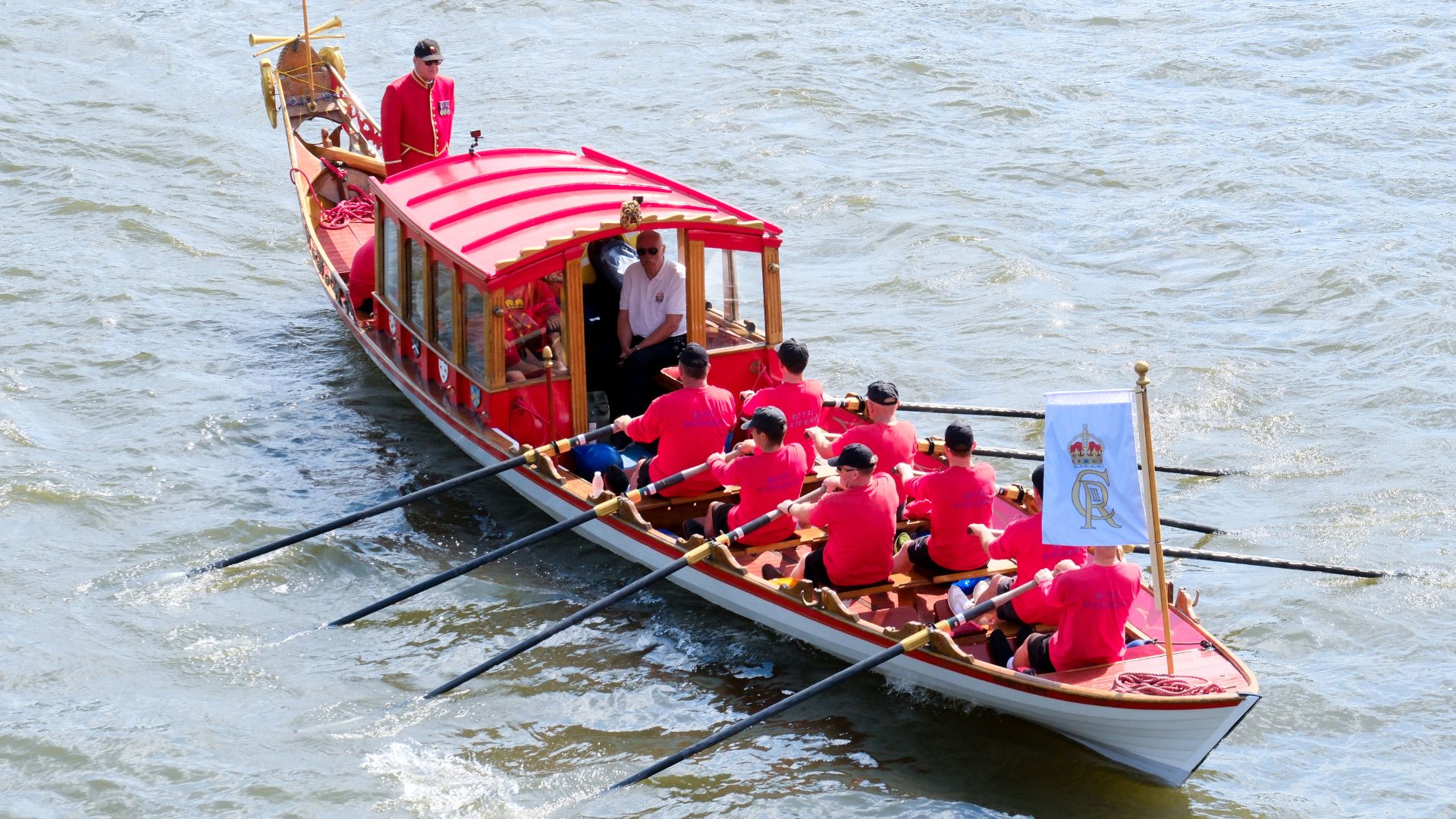
One of the oldest positions in the Royal Household, dating back to the 16th century, the Watermen are mostly ceremonial in present day, though they do still count as part of the King's bodyguards.
Established by Henry VIII when he set up the Company of Watermen, they fall under the jurisdiction of the Bargemaster and row the royal barges up and down the Thames. There are currently always 24 Watermen - this number was introduced by Edward VII, who reduced it from 48.
Master of the King’s Music
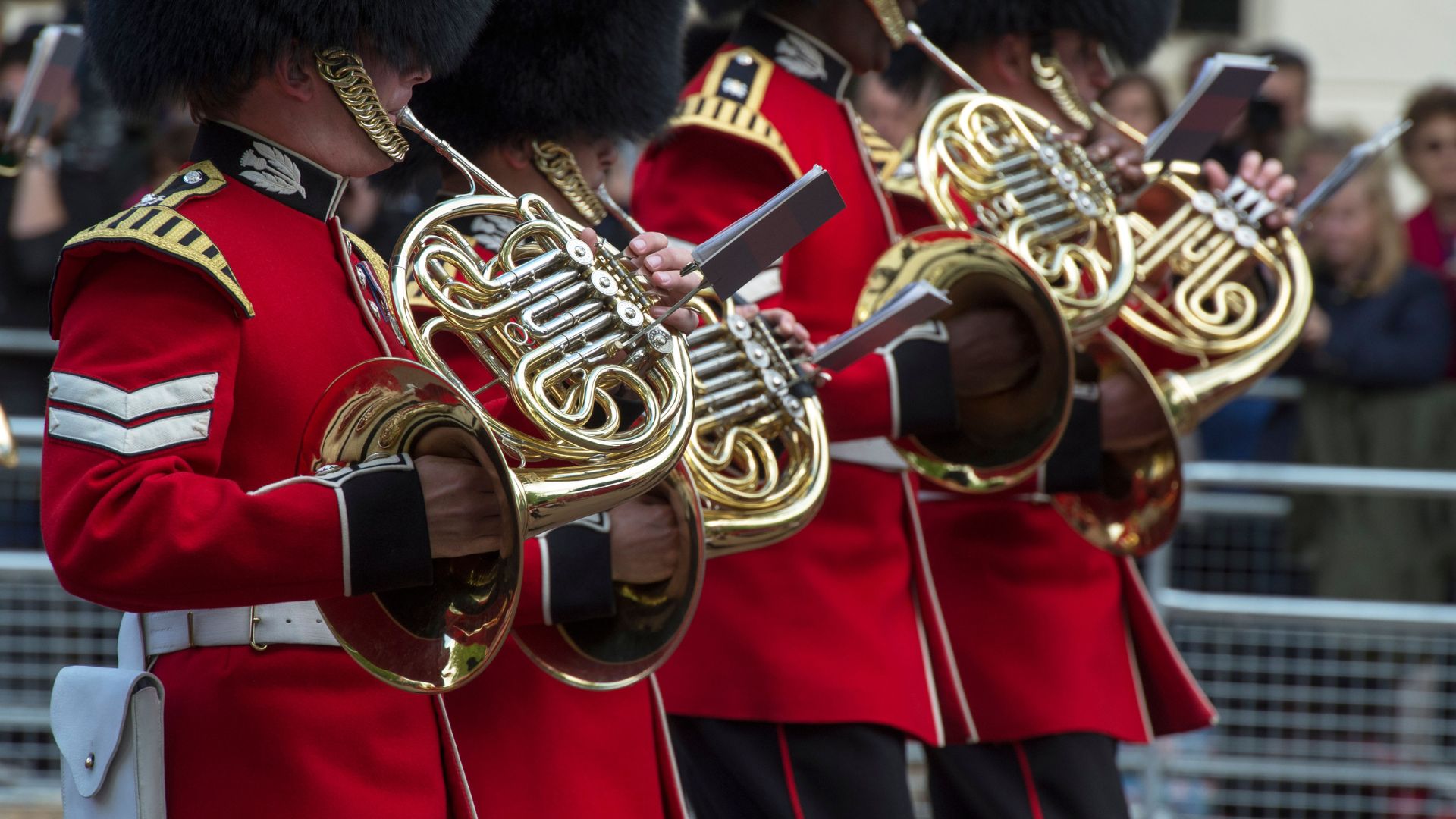
The Master of the King's Music is a post in the Royal Household traditionally bestowed upon a working musician of great repute. As well as overseeing the music for annual events like Trooping the Colour, it's expected that the Master of the King's Music will compose music to commemorate special landmark royal events, like the Platinum Jubilee and King Charles' Coronation.
The role was created in 1626 when Charles I appointed Nicholas Lanier. Notable Masters have included Edward Elgar, famous for the Enigma Variations / Nimrod composition that's often heard at major royal events and was voted the greatest piece of British classical music in a Classic FM poll.
The current Master is Errollyn Wallen, and she is also the first Black musician to hold the title.
Surveyor of the King’s Works of Art
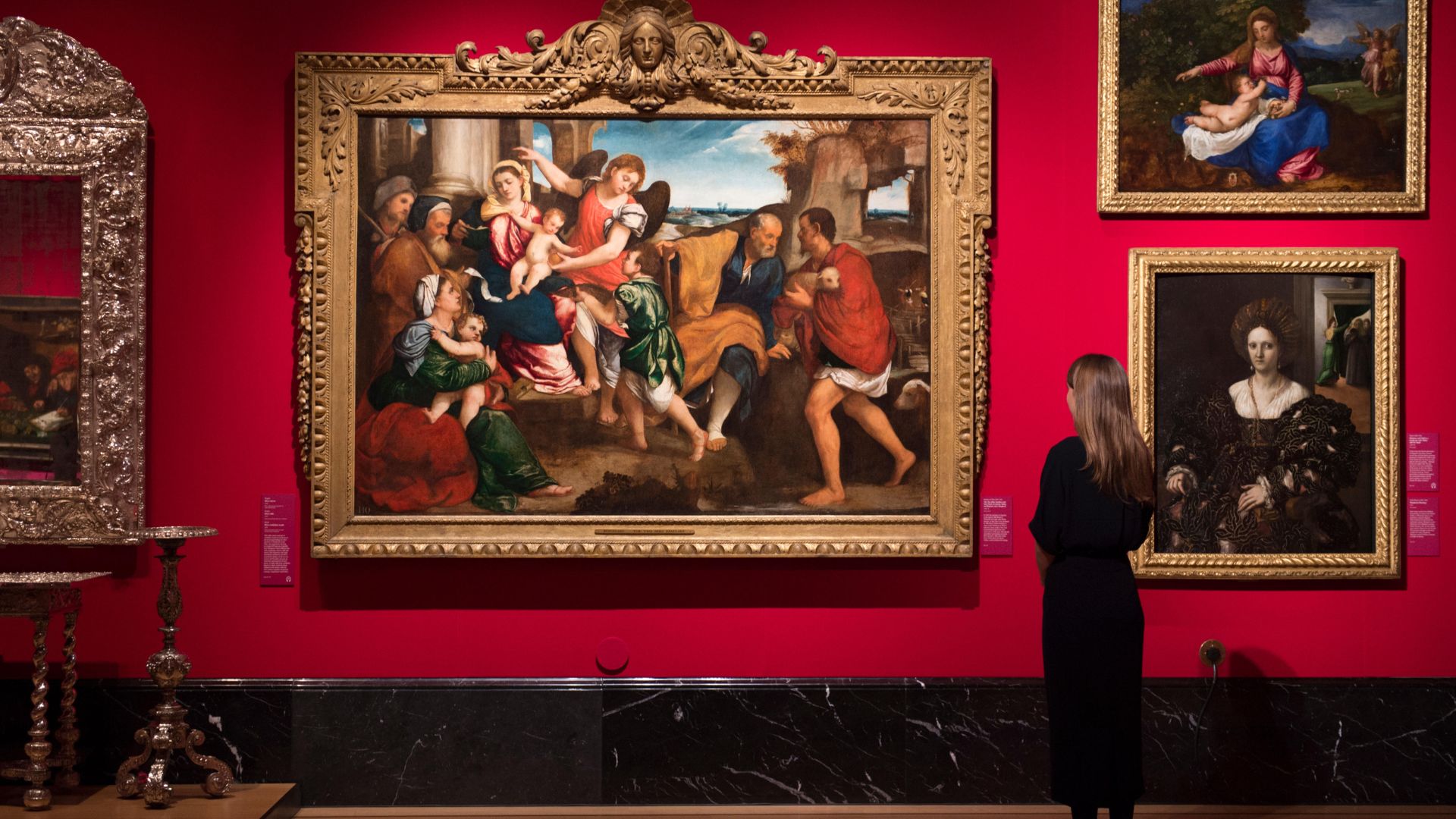
While sounding similar to another position - the Surveyor of Pictures - the Surveyor of the King's Works of Art has a slight difference.
This important position is responsible for the care and maintenance of the royal collection of works of art owned by the Sovereign in an official capacity, comprising about 700,000 objects. Whereas the Survey of Pictures focuses on illustrations, paintings and drawings, the Survey of Arts covers decorative arts, including furniture, sculpture, and other objets d'art.
Caroline de Guitaut was appointed to the role in 2023, the first woman to hold the title.
The King’s Harpist (formerly Official Harpist to the Prince of Wales)
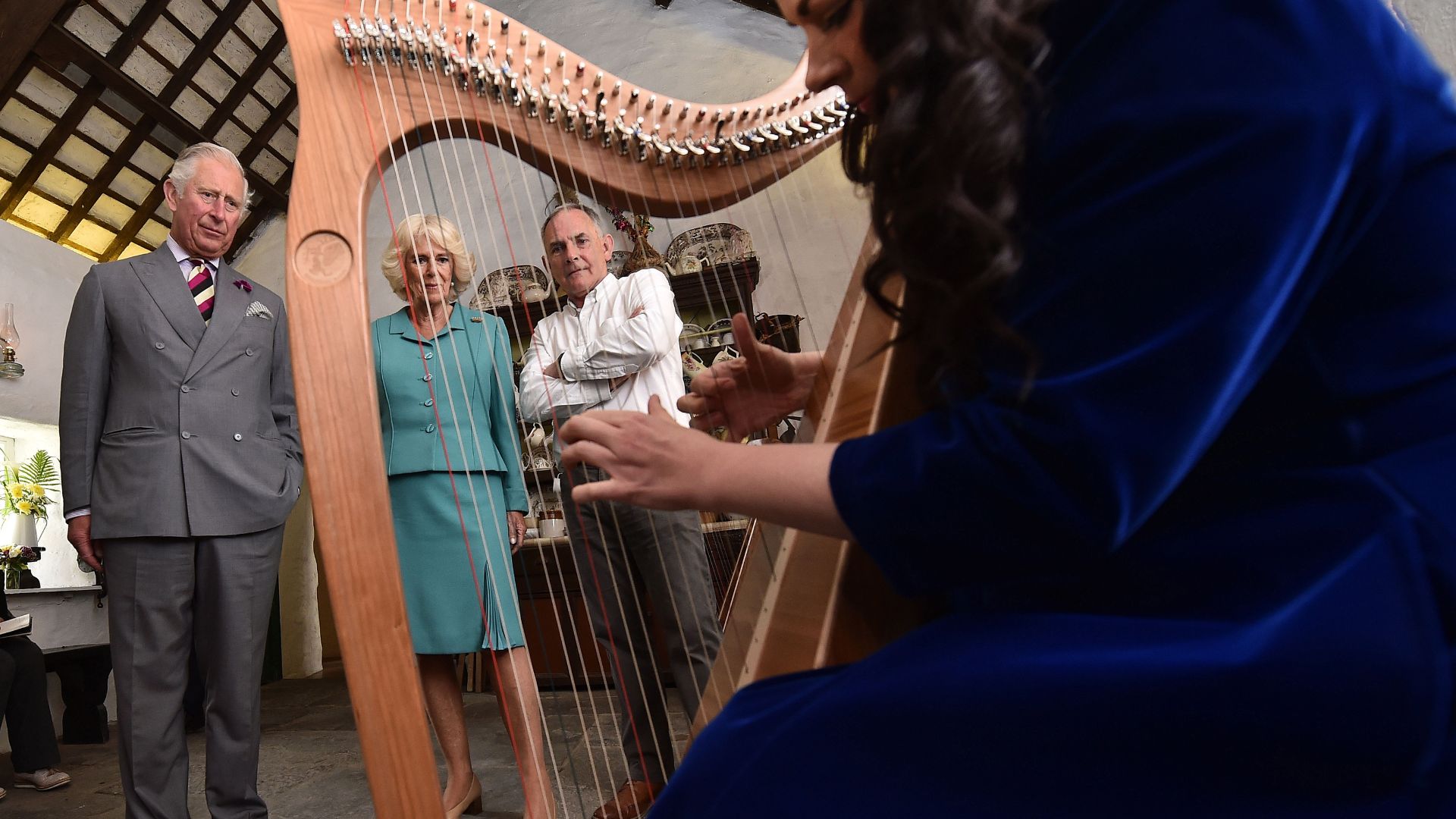
Known for his love of music, literature and art, back when King Charles was still the Prince of Wales, he actually made the rare move of reinstating an antiquated position - the Official Harpist of the Prince of Wales.
Before Charles reinstated the position in 2000, it had last been appointed in 1871.
Following His Majesty's accession to the throne in 2022, the role has been referred to as King's Harpist, and is currently held by Mared Pugh Evans.
The Furniture Conservator
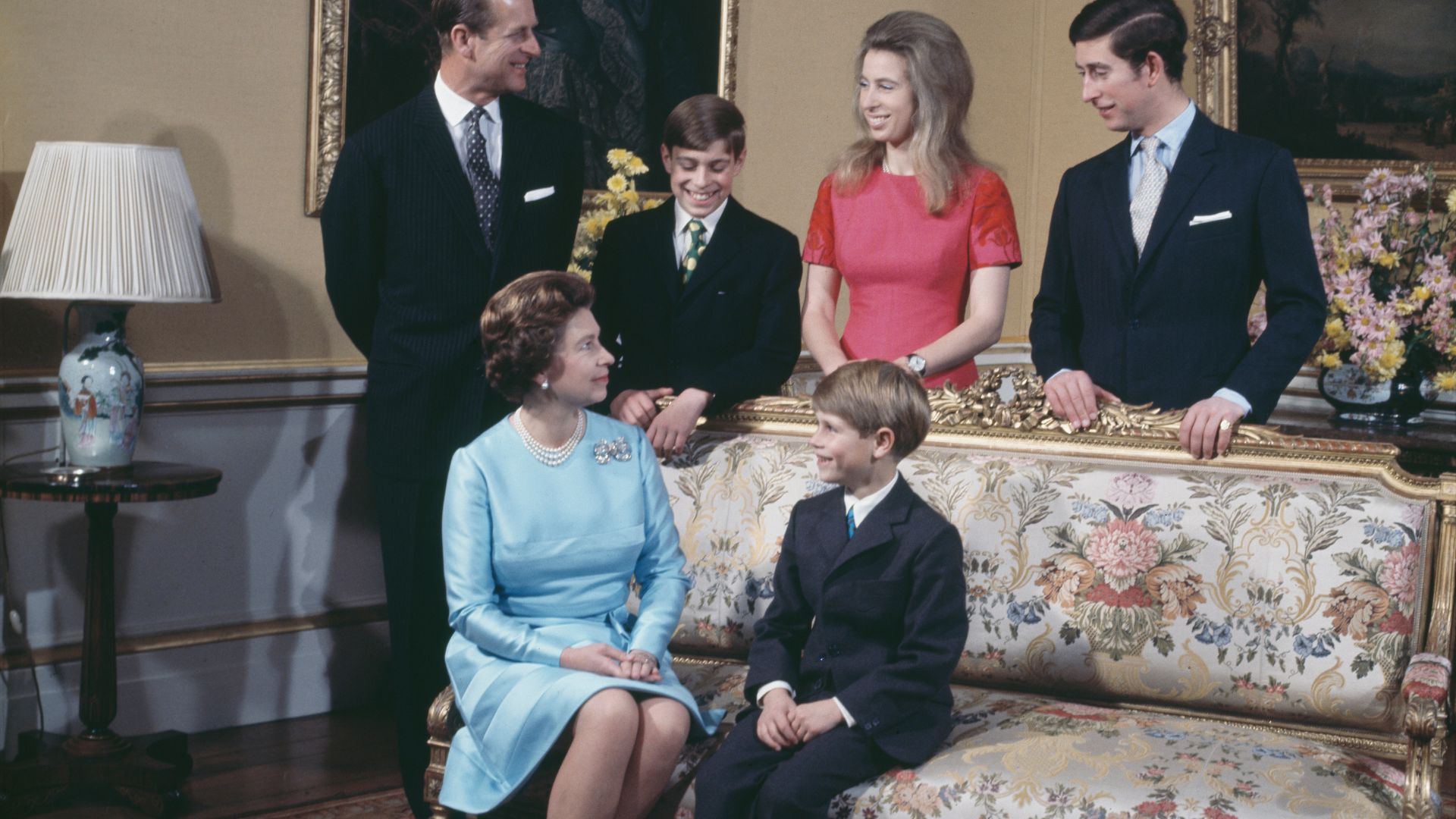
Among the many treasures held within the Royal Collection, there's the sort of furniture you can't just replace with a trip to IKEA.
Per a 2024 job posting on the Royal Household, the furniture conservators work to conserve furniture to the highest standard and work in teams at Marlborough House.
His Majesty’s Botanist
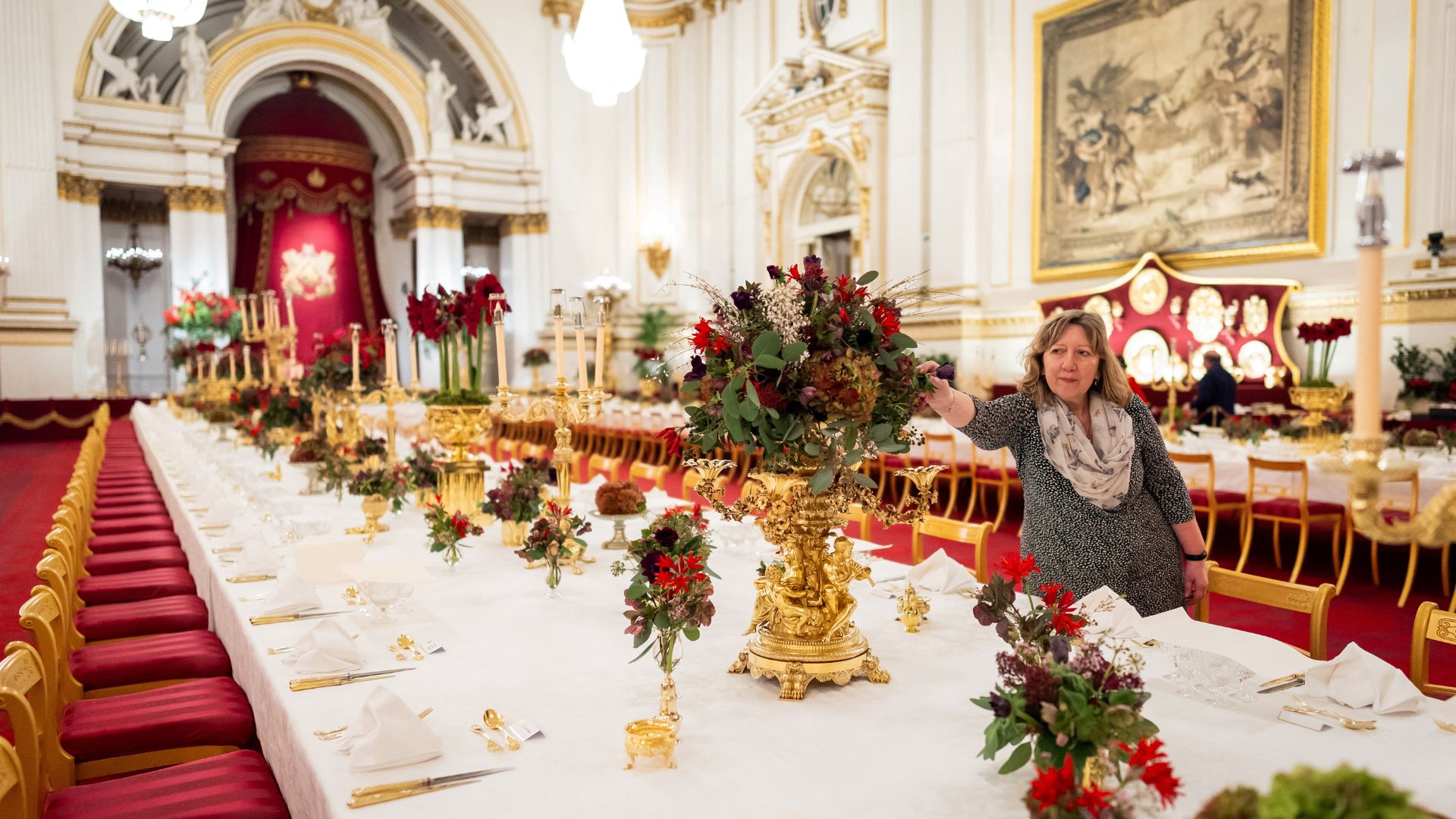
A bouquet of supermarket roses wouldn't exactly cut the mustard at a State Banquet, so luckily, the royals have had an official botanist since 1699.
His Majesty's Botanist is a member of the Royal household in Scotland, and between 1768 and 1956 it was combined with the office of Regius Keeper of the Royal Botanic Garden Edinburgh, who also held the post of Regius Professor of Botany at the University of Edinburgh.
Royal Linen Keeper
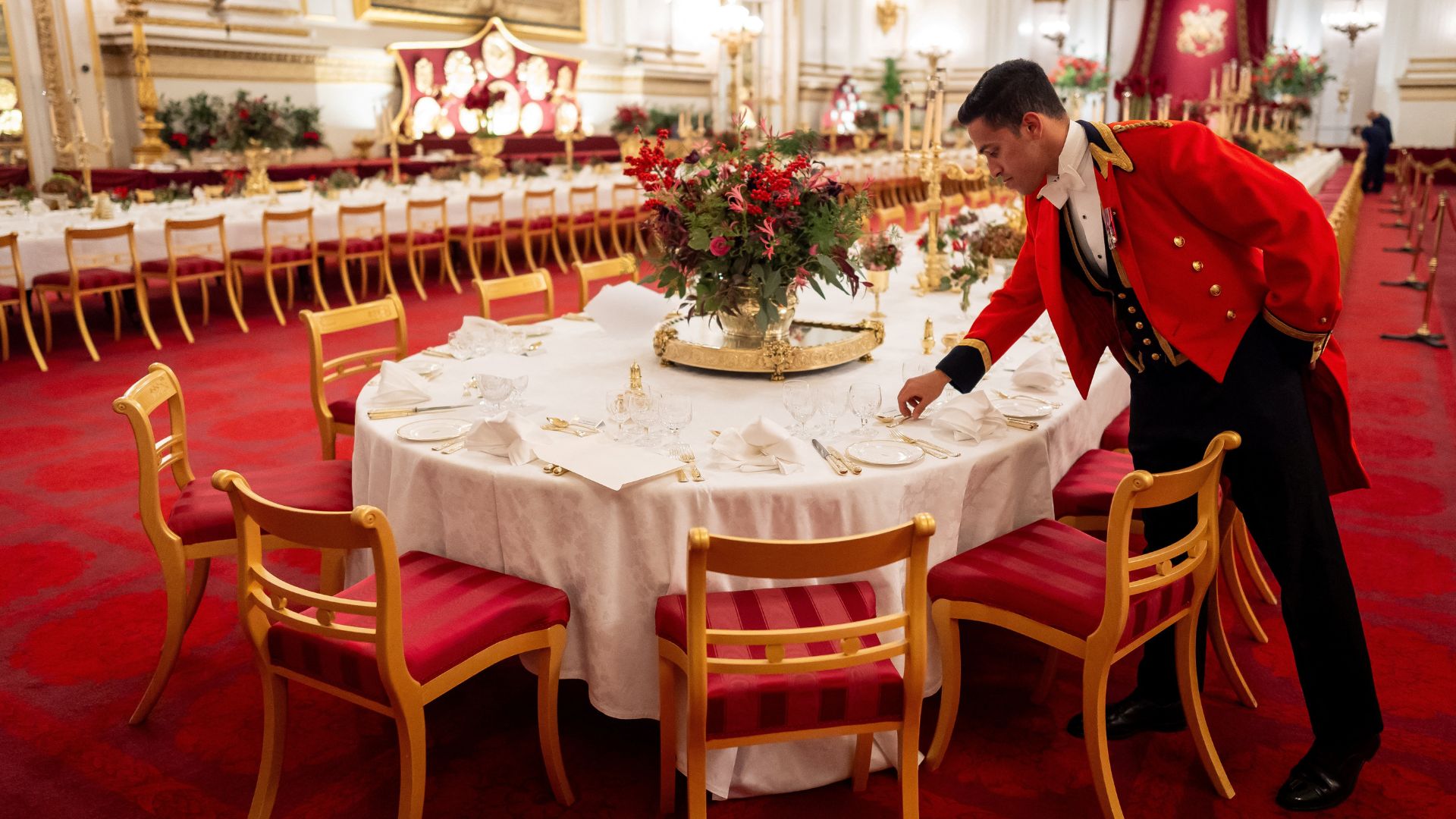
If you ever find yourself lucky enough to be invited to dine with the royals, don't expect to find any stains on the tablecloths. Official linen keepers, per a previous job posting, are tasked with ensuring the cloth matches the magnificence of the banqueting table, making sure all linen requirements are met to the highest standards, and conserving linen for future generations.
Lord High Almoner

The Royal Almonry is a dedicated office within the Royal Households, dating back to 1103. The office and the Almoner, who oversees the office, are responsible for distributing alms to the poor. The late Queen Elizabeth II had a particular fondness for the annual Maundy Thursday service in which alms would be given to those in need, and King Charles and Queen Camilla have continued the tradition.
The Lord High Almoner is usually a diocesan bishop or high cleric of the Church of England.
A Court Jester – or a Court Fool
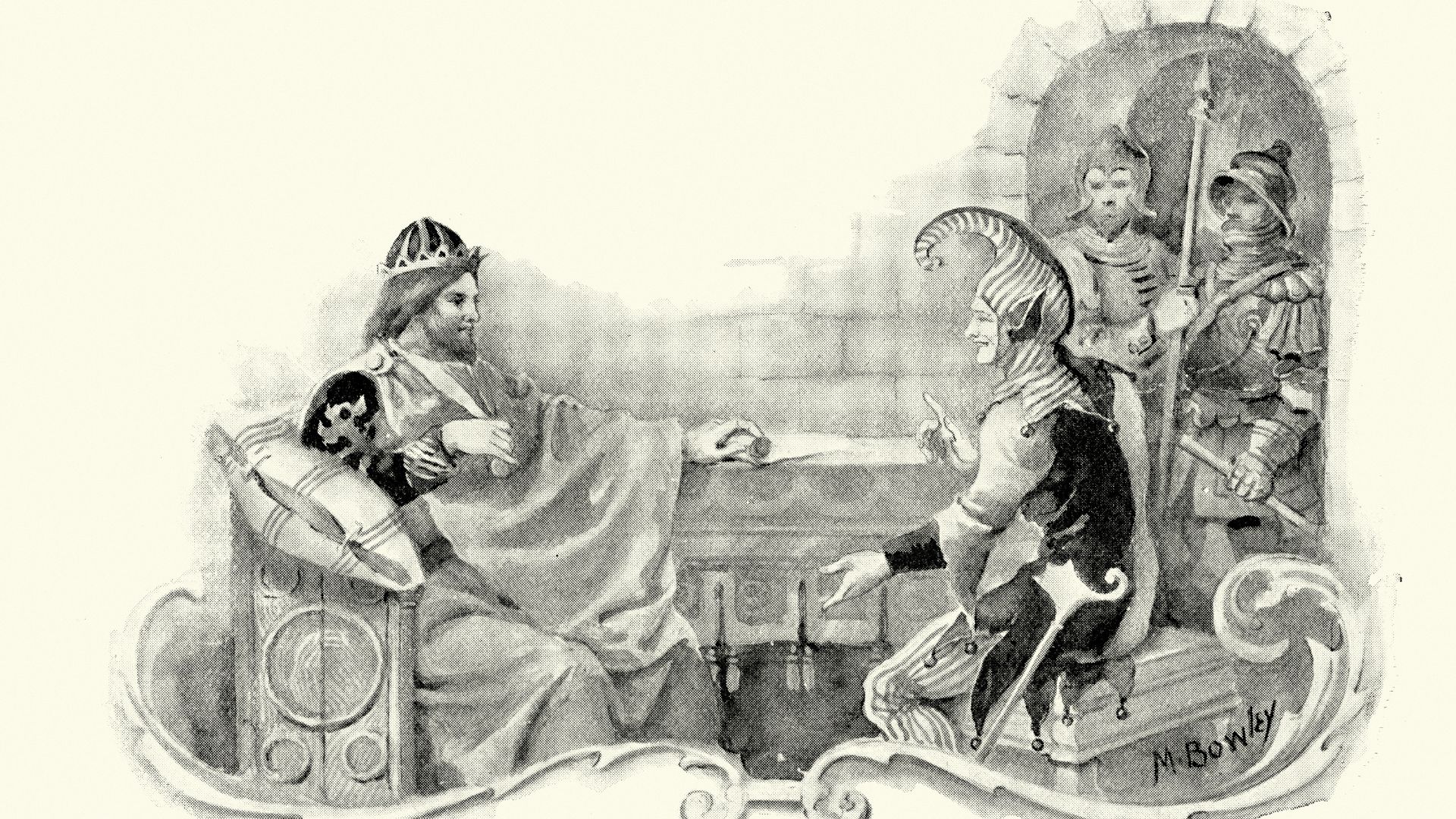
As synonymous with historic royalty as beheadings and crowns, the court jester has long captivated people's attention.
The first English court jester is understood to have been Will Somers, who served as a jester to King Henry VIII. He was a prominent figure at court and had surprising leeway to speak on things that others could not.
The last official court jester in England was Dicky Pearce, who died in 1728.
Poet Laureate
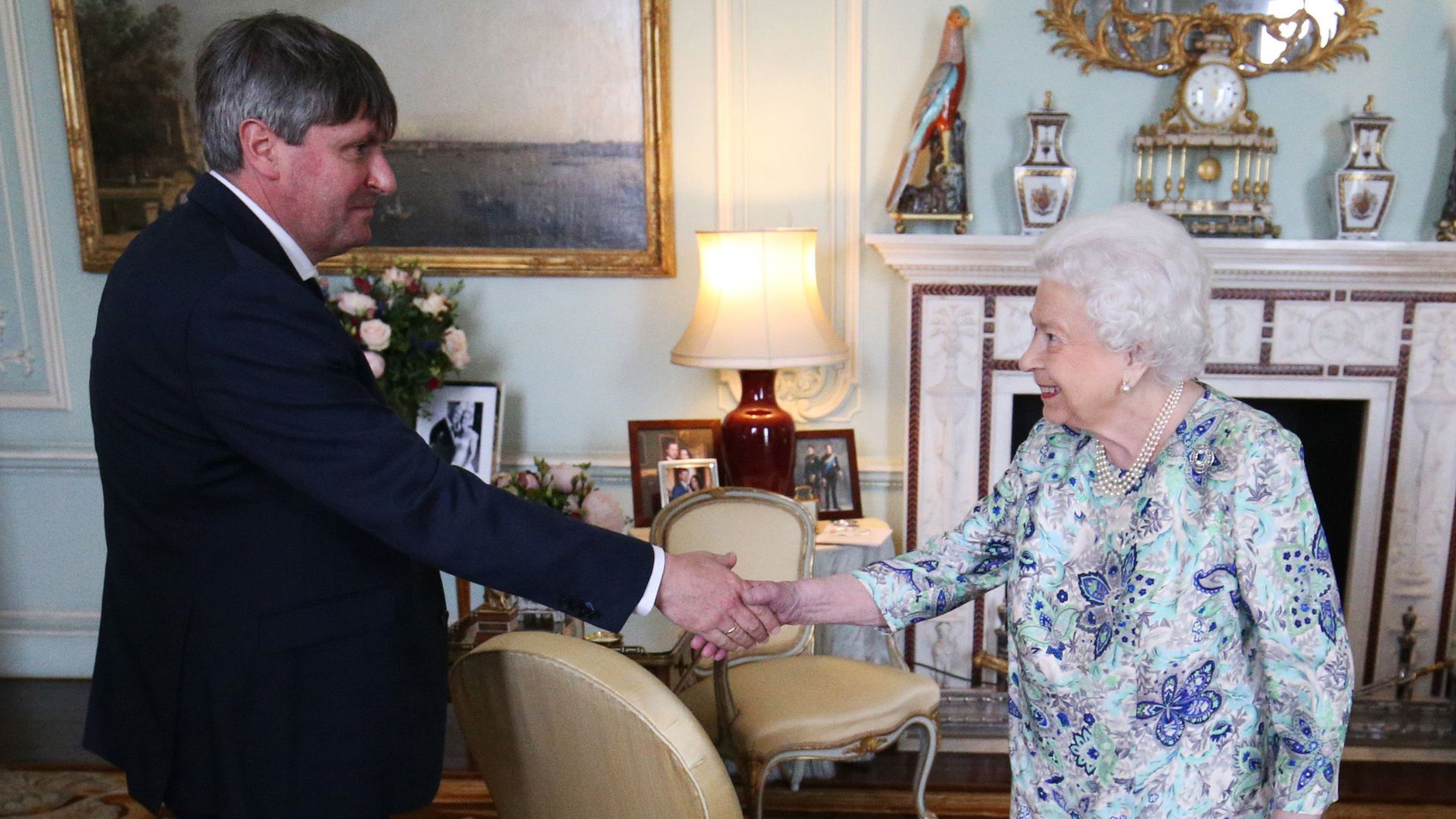
An important position appointed to a literary figure of note, the Poet Laureate is appointed by the monarch and will craft poetry and words to commemorate royal events and significant national occasions.
The current Laureate is Simon Armitage, who will serve between 2019 and 2029.
For King Charles' 2023 Coronation, he wrote a special poem titled An Unexpected Guest, imagining the historic event through the eyes of an ordinary invited guest.
A Whipping Boy
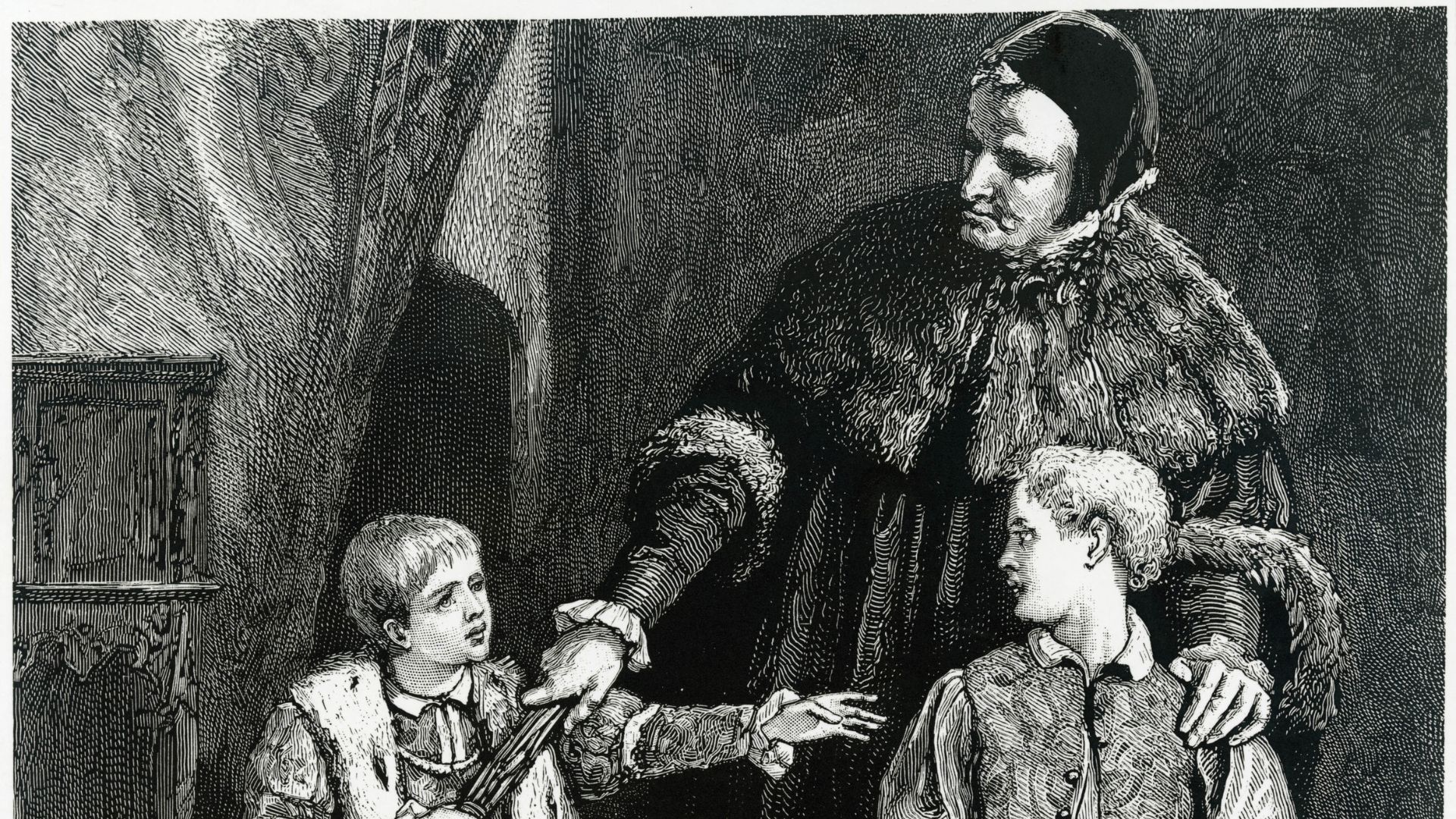
Thankfully no longer a position, whipping boys were a strange custom introduced during the 15th century.
A whipping boy was a young boy - usually of high birth - assigned to a prince. Whenever the prince misbehaved, the whipping boy would be punished in his place. Why? It was thought that, because of the Divine Right of Kings and the belief that God appointed them, no one but the king was worthy of punishing a king’s son.
But if he wasn't around, the whipping boy would be available to take the punishment from someone else, and the hope would be that, being close friends with the prince, the guilt would feel like a punishment too.
The Keeper of the Privy Purse
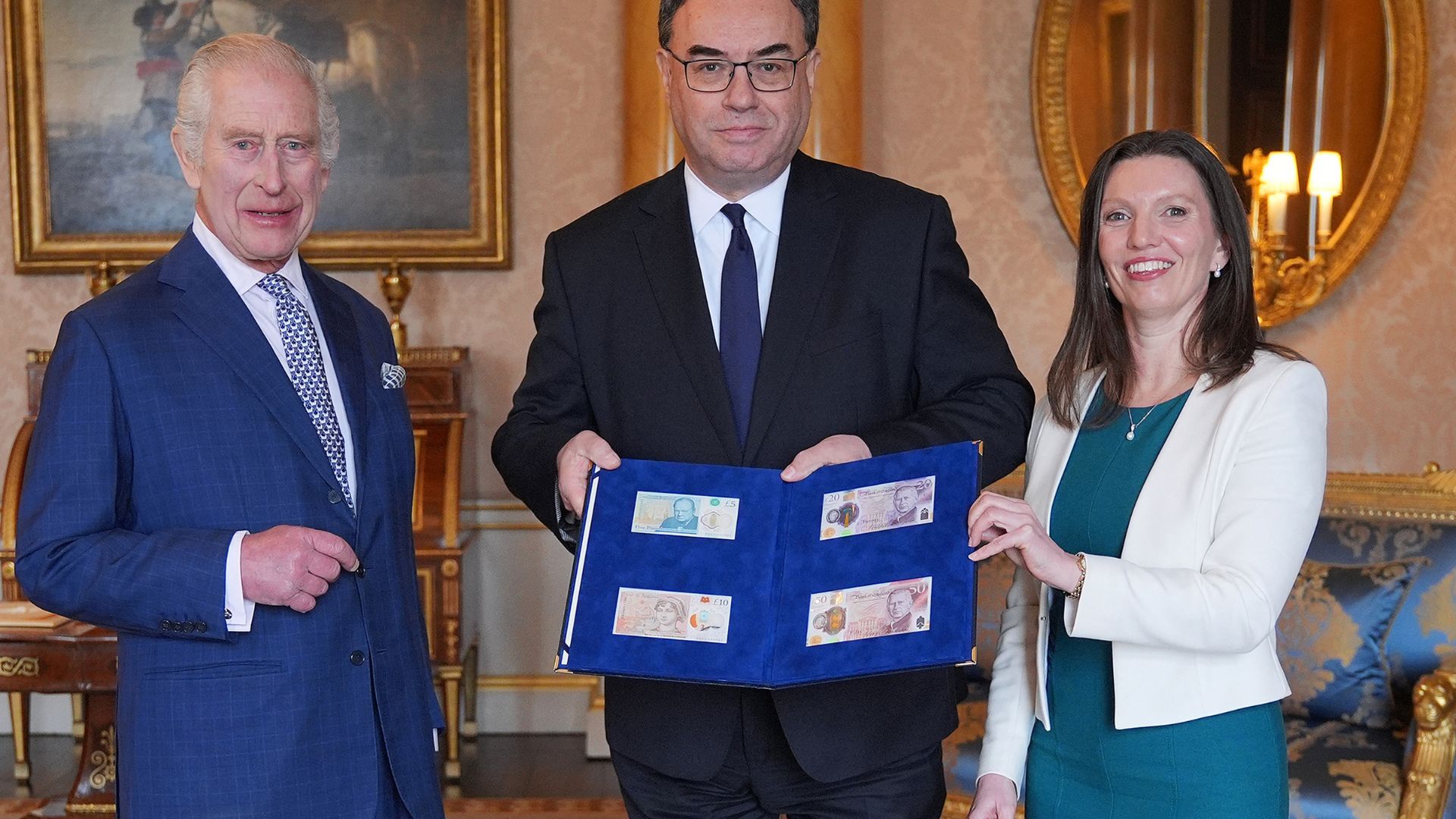
The monarch's face might be splashed all over the cash of the United Kingdom (and other Commonwealth territories), but they don't really deal with their own cash flow.
A fancier version of an accountant or a bookkeeper, the Keeper of the Privy Purse is responsible for the financial management of the Royal Household, including reporting on the private and personal use of the Sovereign Grant and other income.
Master Carver of Scotland
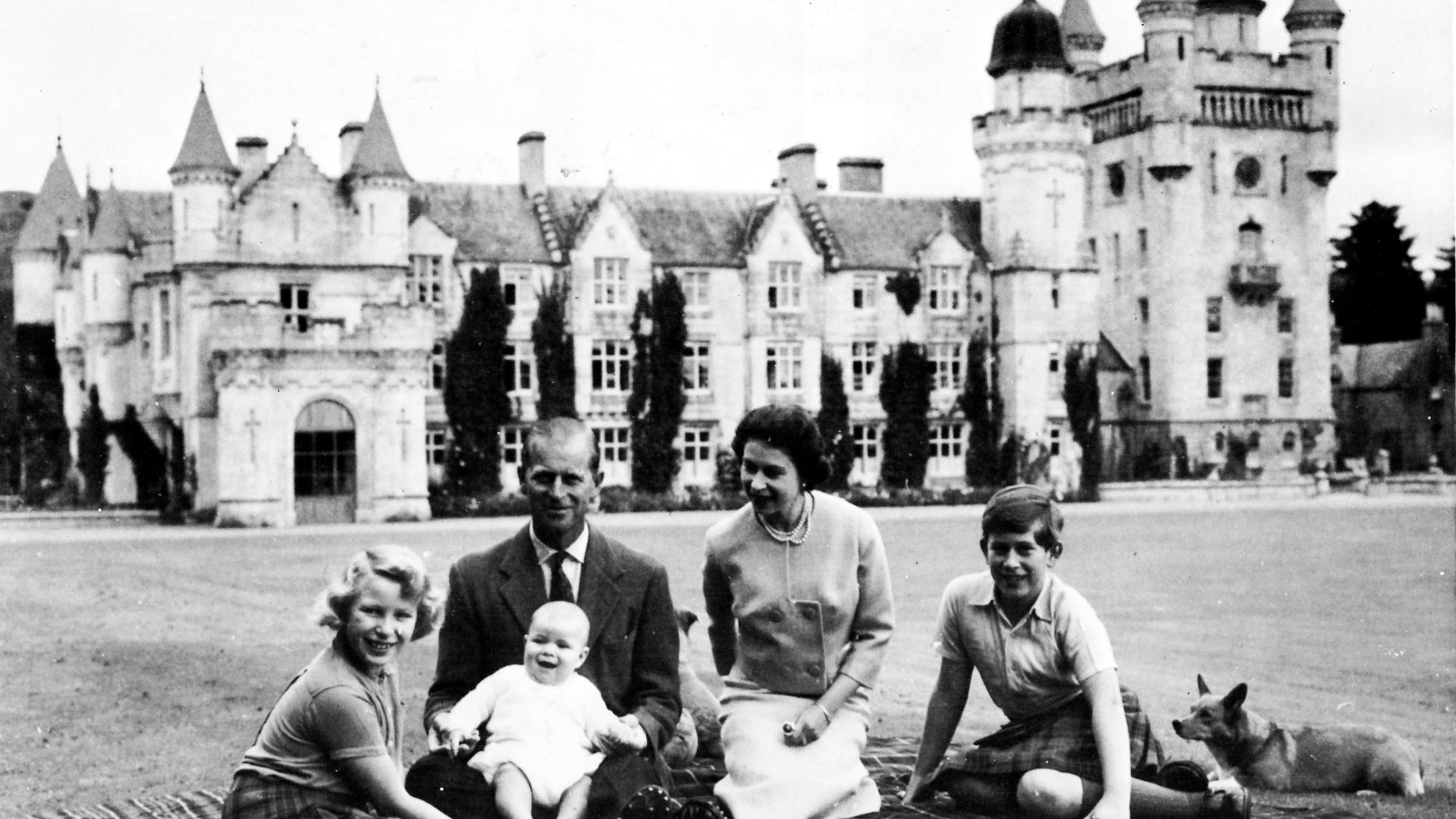
If having a Grand Carver of England wasn't fancy enough, the Royal Family have had a Master Carver of Scotland since the 18th Century, keeping them in fine cuts of meat when they're hosting events and occasions up in Scotland.
The current Master Carver for Scotland, also known as the Hereditary Carver, is Sir Sebastian Anstruther of Balcluskie. Part of the Royal Household of Scotland, the role is hereditary and was first established by the Crown Charter in 1704
Apothecary to the Household at Windsor

Okay, okay - this one might not actually be that strange, it's just a more antiquated and extravagant way of referring to something of a personal pharmacist.
The Apothecary to the Household isn't the same as their general practitioner or surgeons. The current holder of the title is Kirstin Ostle, the first female postholder.
The Sculptor in Ordinary for Scotland
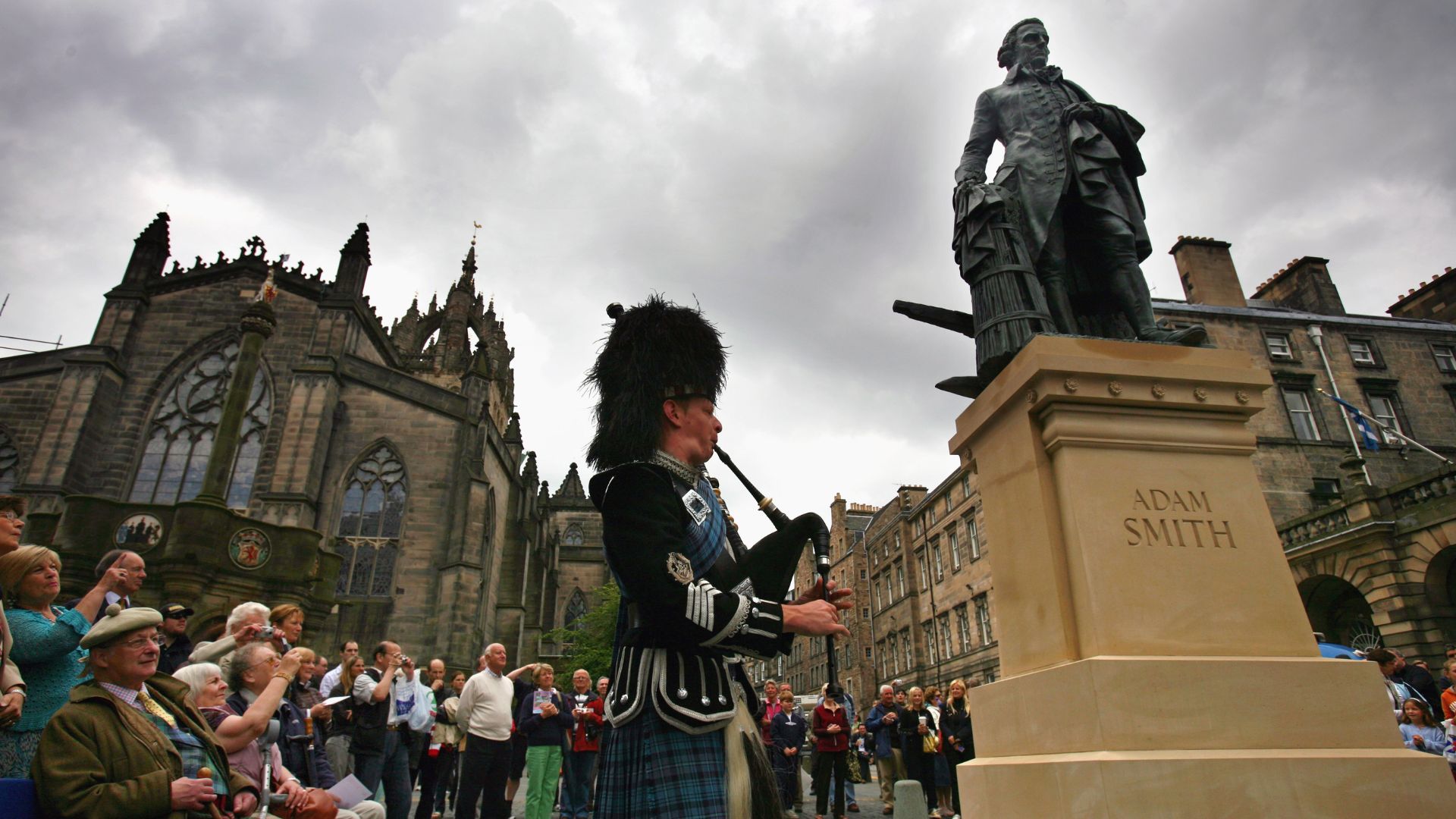
The Sculptor in Ordinary for Scotland is a member of the royal household in Scotland.
The current sculptor for the King is Alexander Stoddart, whose works include statues across Edinburgh's Royal Mile.
The first sculptor was appointed by Queen Victoria around 1838, although it was not listed as a member of the royal household until the 1870s.
The Director of Royal Travel
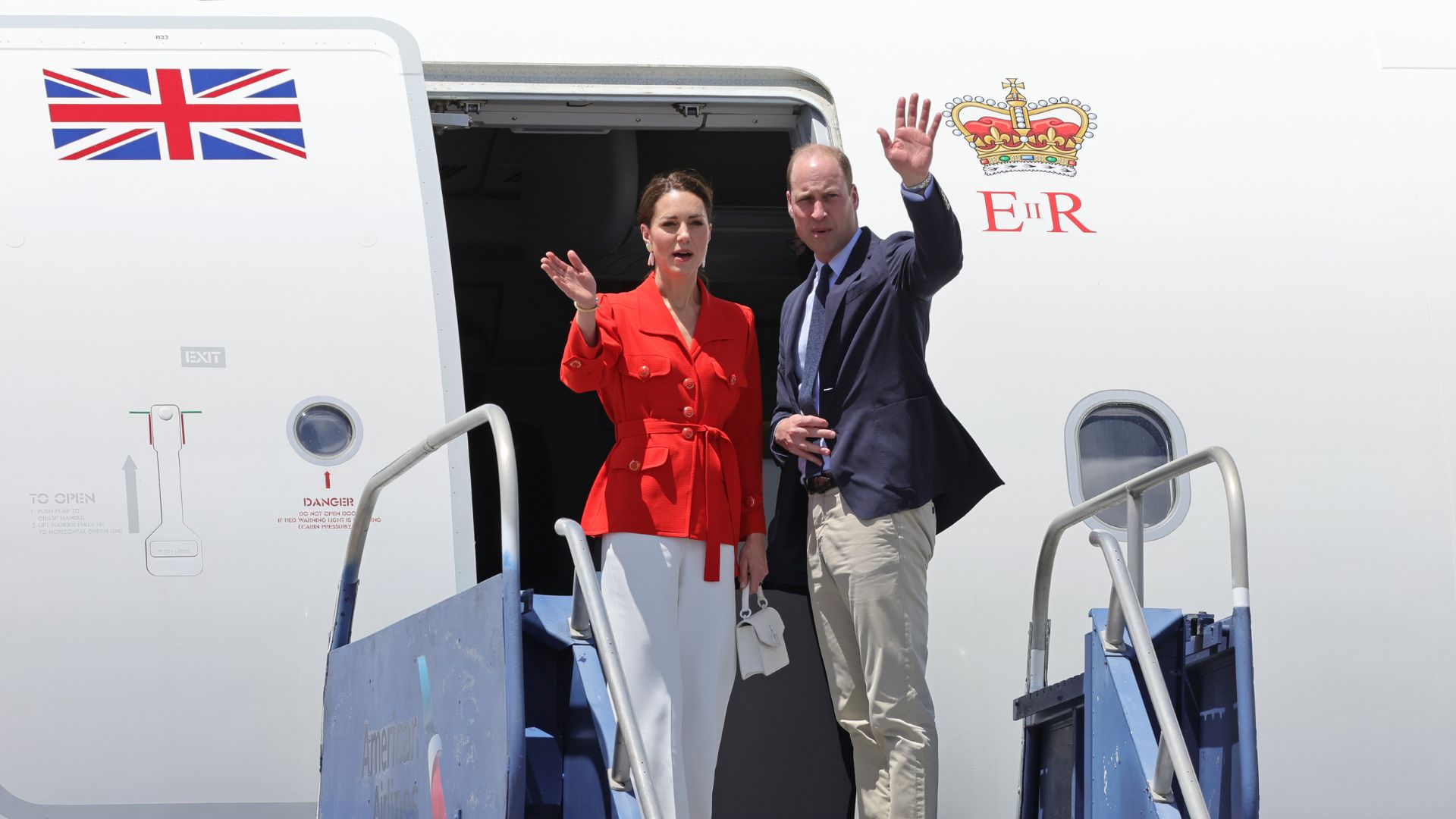
The royals travel. A lot. From engagements all across the country to state banquets all across the world. Unsurprisingly, the likes of Prince William and Kate Middleton aren't booking their own flights and Airbnbs.
A previous job posting for the role broke down the duties further, stating, "This role is critical to ensuring that the Royal Household operates and purchases safe, efficient, cost-effective and appropriate travel services for the official duties of Members of the Royal Family and their Households."
"As Director of Royal Travel, you will have overall responsibility for organising air travel and overseeing the operations of The Queen’s Helicopter Flight and usage of scheduled train services and the Royal Train. You will also liaise with the relevant authorities to provide advice and recommendations on travel, taking into account security, safety and environmental considerations."
Frames Conservator
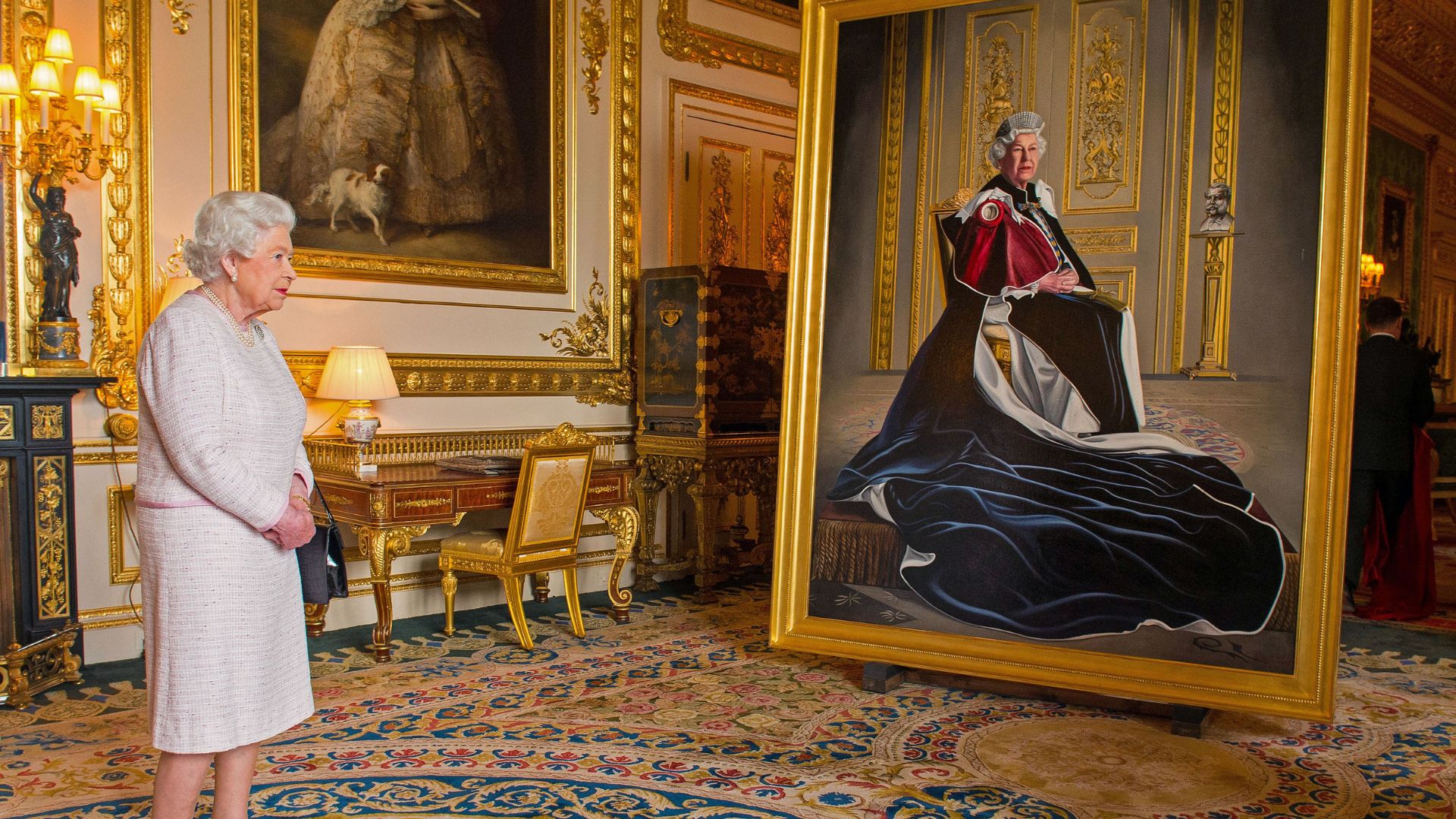
There are specific, separate jobs focused on the artworks and pictures housed in the Royal Collection Trust, but the frames? Well, that's a whole other matter.
Across the palaces and residences, the frames are conserved to uphold the same quality as the works themselves. Per an old job posting, the frame conservators are "conserving a magnificent history that will be enjoyed by future generations... Based at our purpose-built workshop in the Home Park, you'll carry out conservation treatments, employing a range of techniques."
Gong Farmer
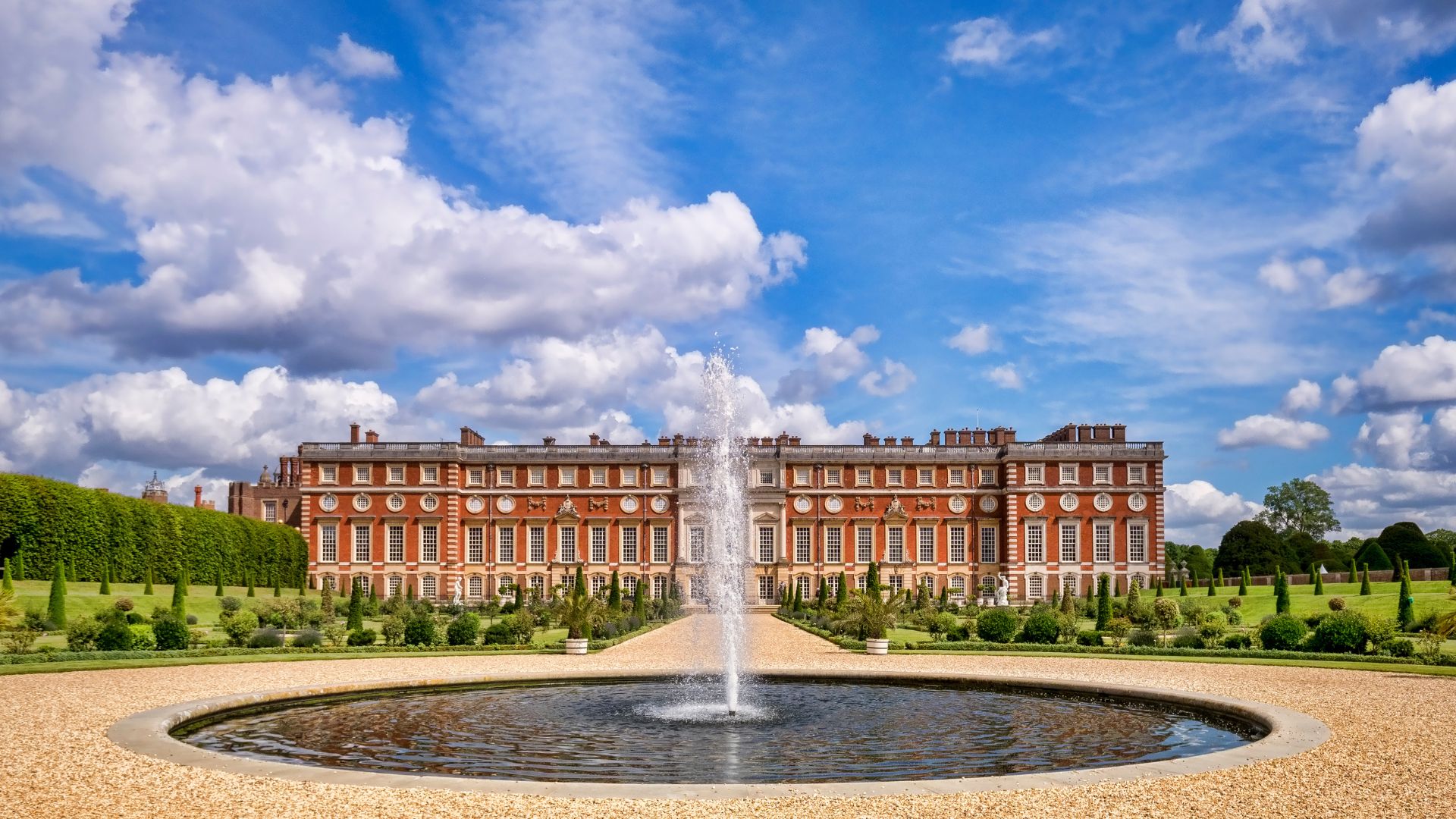
Not exclusive to royals, gong farmers were important positions that kept Tudor England running. Castles and palaces, like Hampton Court Palace (pictured), which was the royal palace during Tudor times, would have a gong farmer (or gongfermor) who would remove human excrement from privies and cesspits.
Gong farmers worked at night, and the waste they collected, known as night soil, had to be taken outside the city or town boundaries.
Groom of the Stool
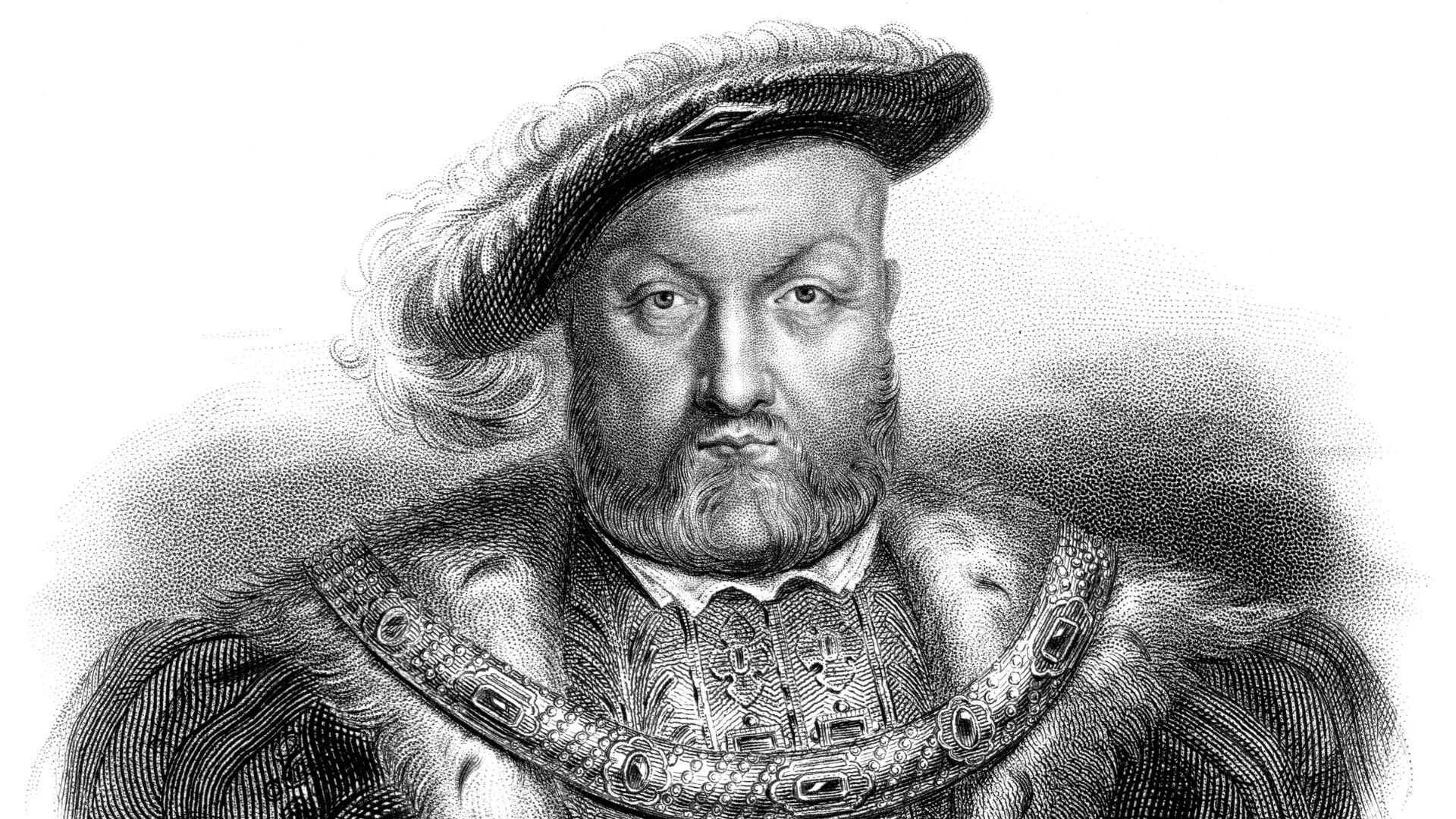
On paper, this is a role that nobody should have wanted - and one that, rightfully, no longer exists. But surprisingly, the groom of the stool wielded some serious clout during the reign of Henry VIII.
The job involved assisting the King with the close stool - a toilet, at the time.
The bizarre job allowed great access to the king's privy chamber and meant that the Groom would become a serious contender in the court. But was it really worth it, one has to ask?

Jack Slater is not the Last Action Hero, but that's what comes up first when you Google him. Preferring a much more sedentary life, Jack gets his thrills by covering news, entertainment, celebrity, film and culture for woman&home, and other digital publications.
Having written for various print and online publications—ranging from national syndicates to niche magazines—Jack has written about nearly everything there is to write about, covering LGBTQ+ news, celebrity features, TV and film scoops, reviewing the latest theatre shows lighting up London’s West End and the most pressing of SEO based stories.